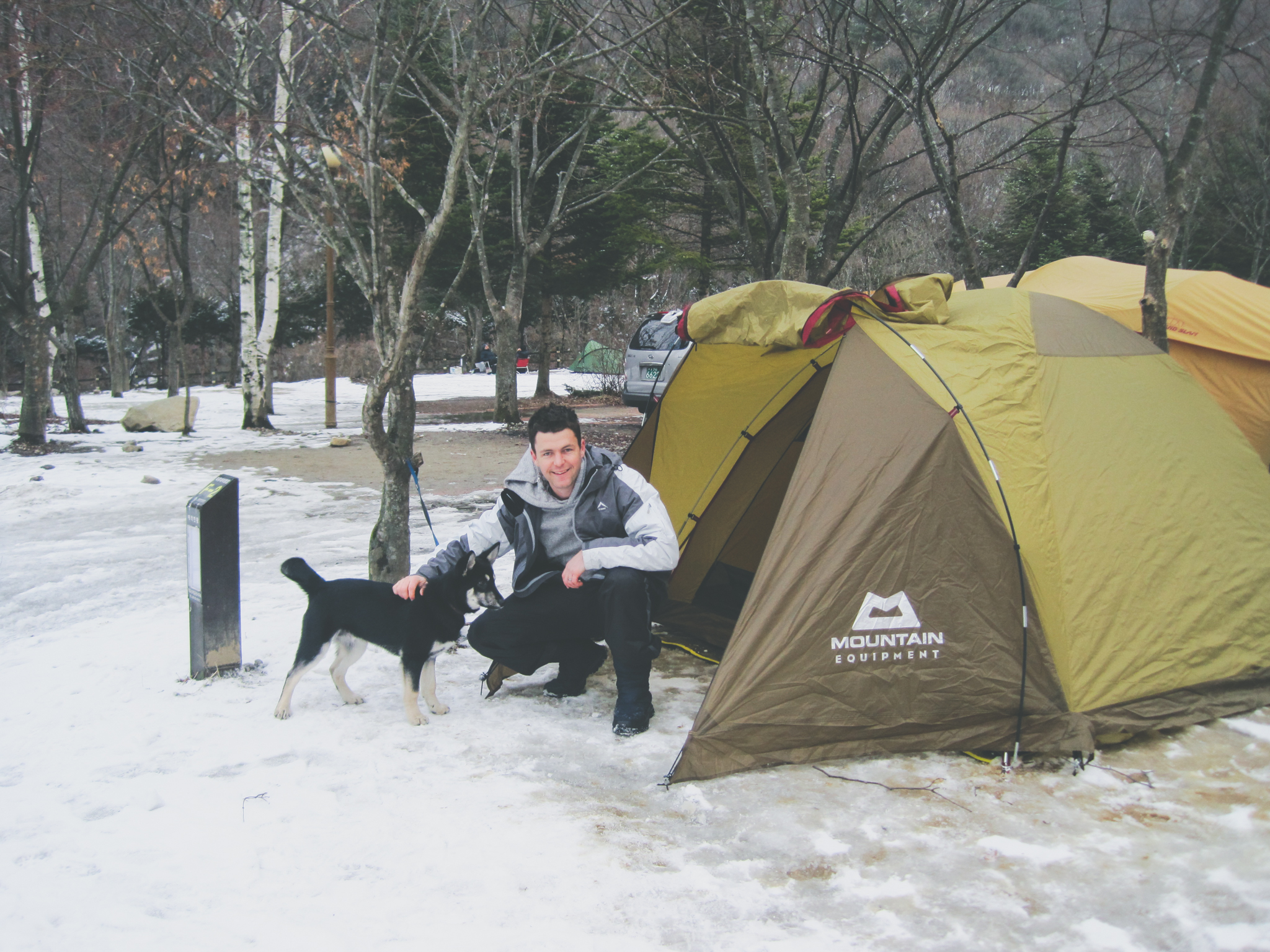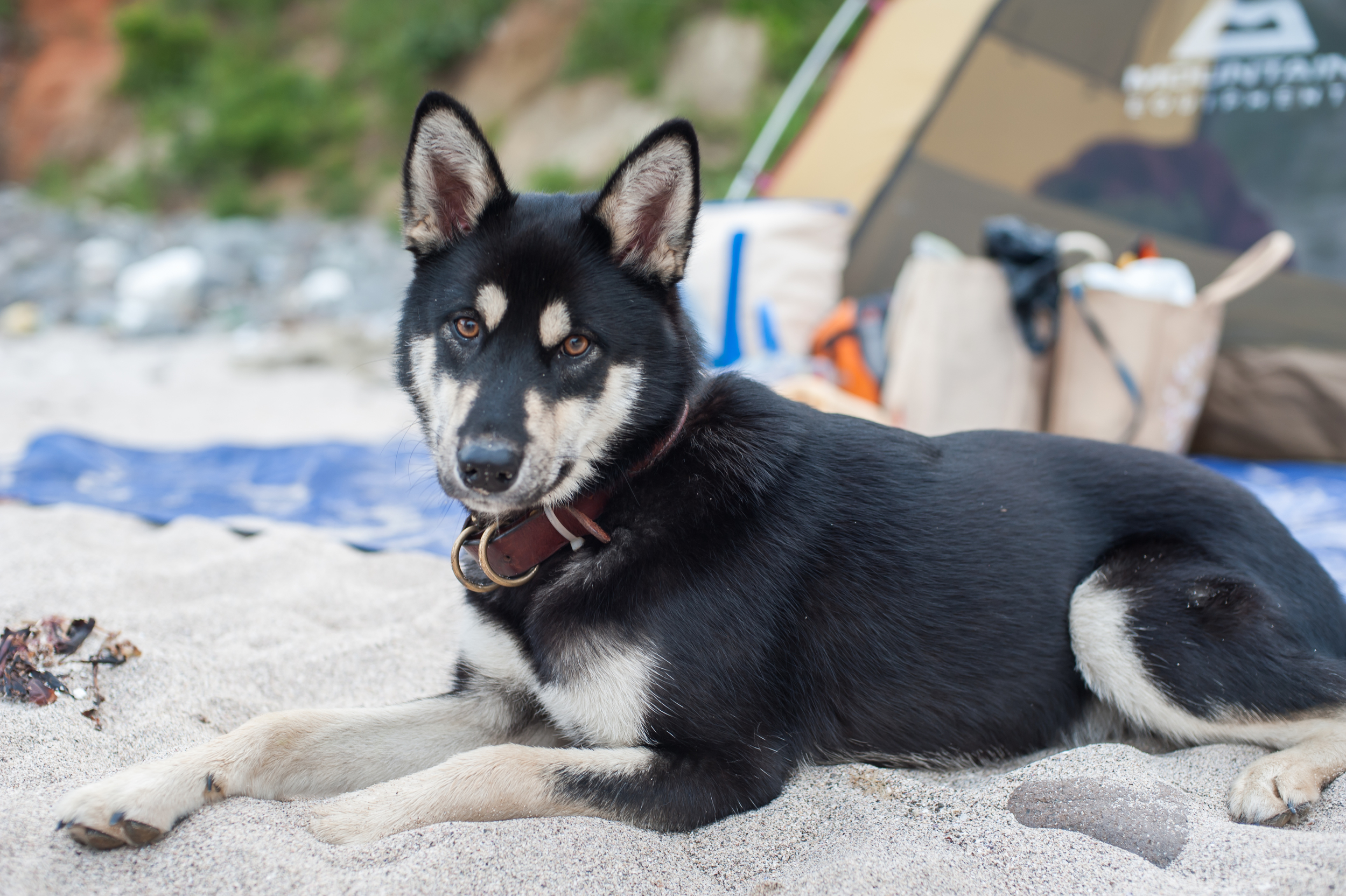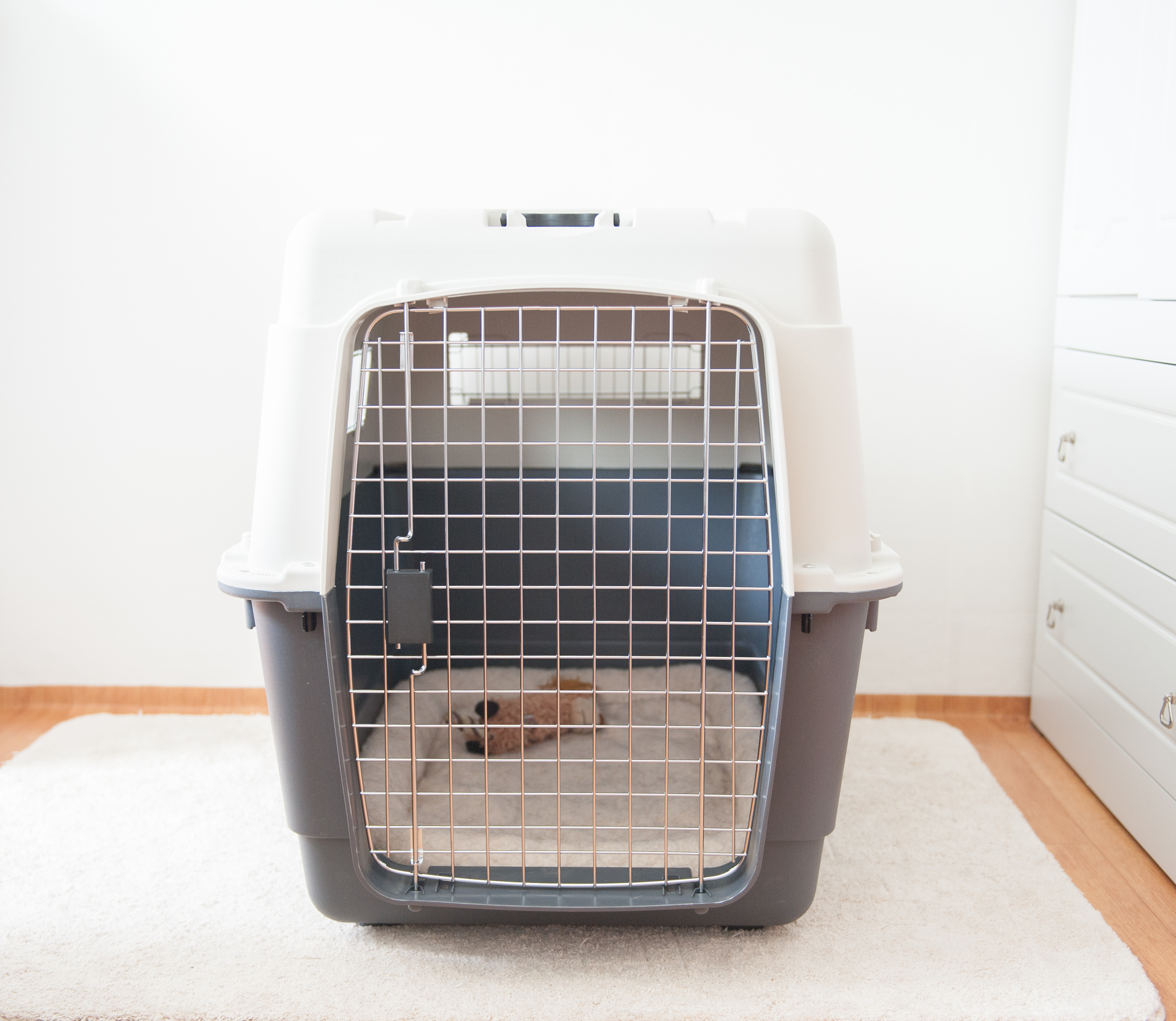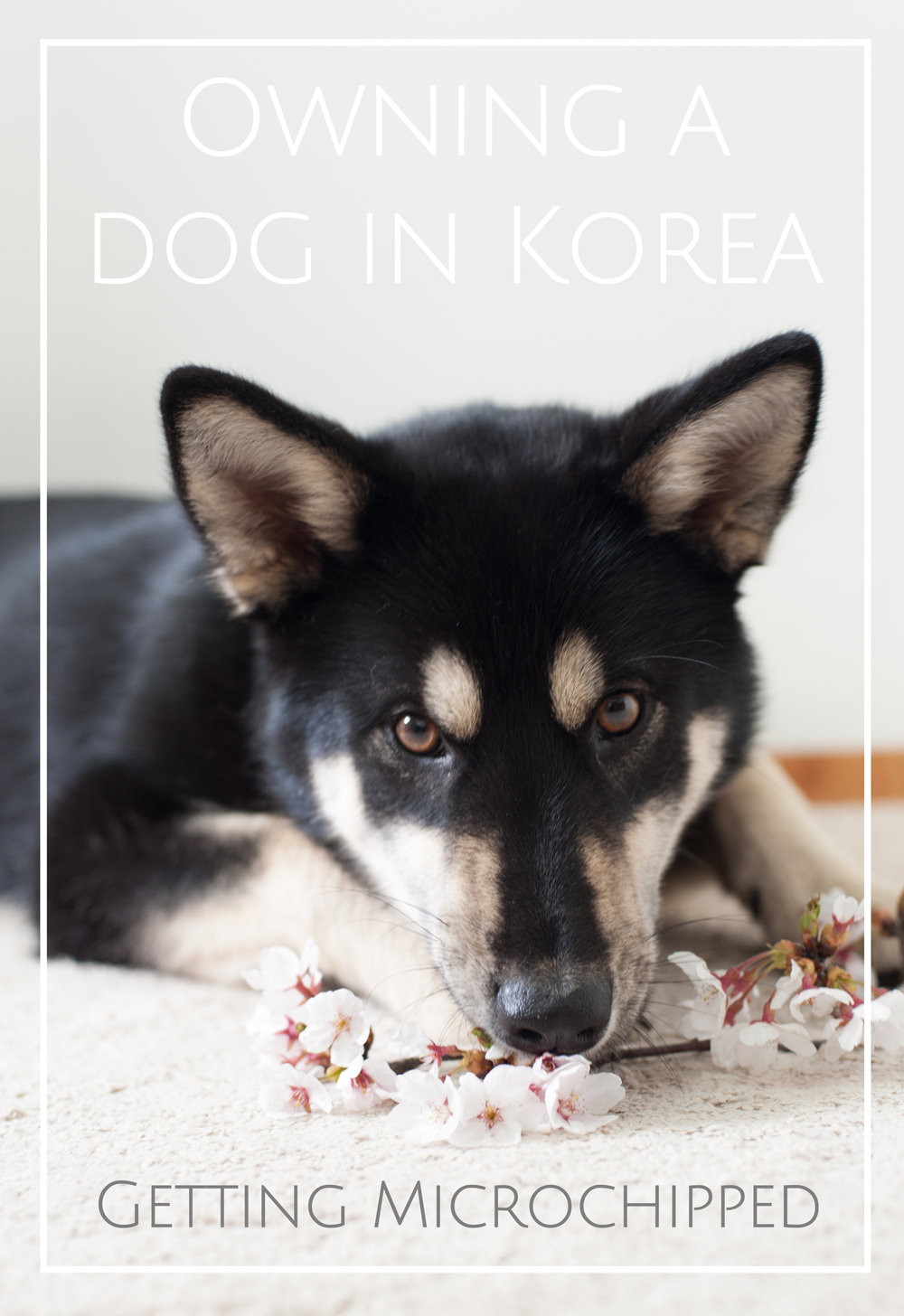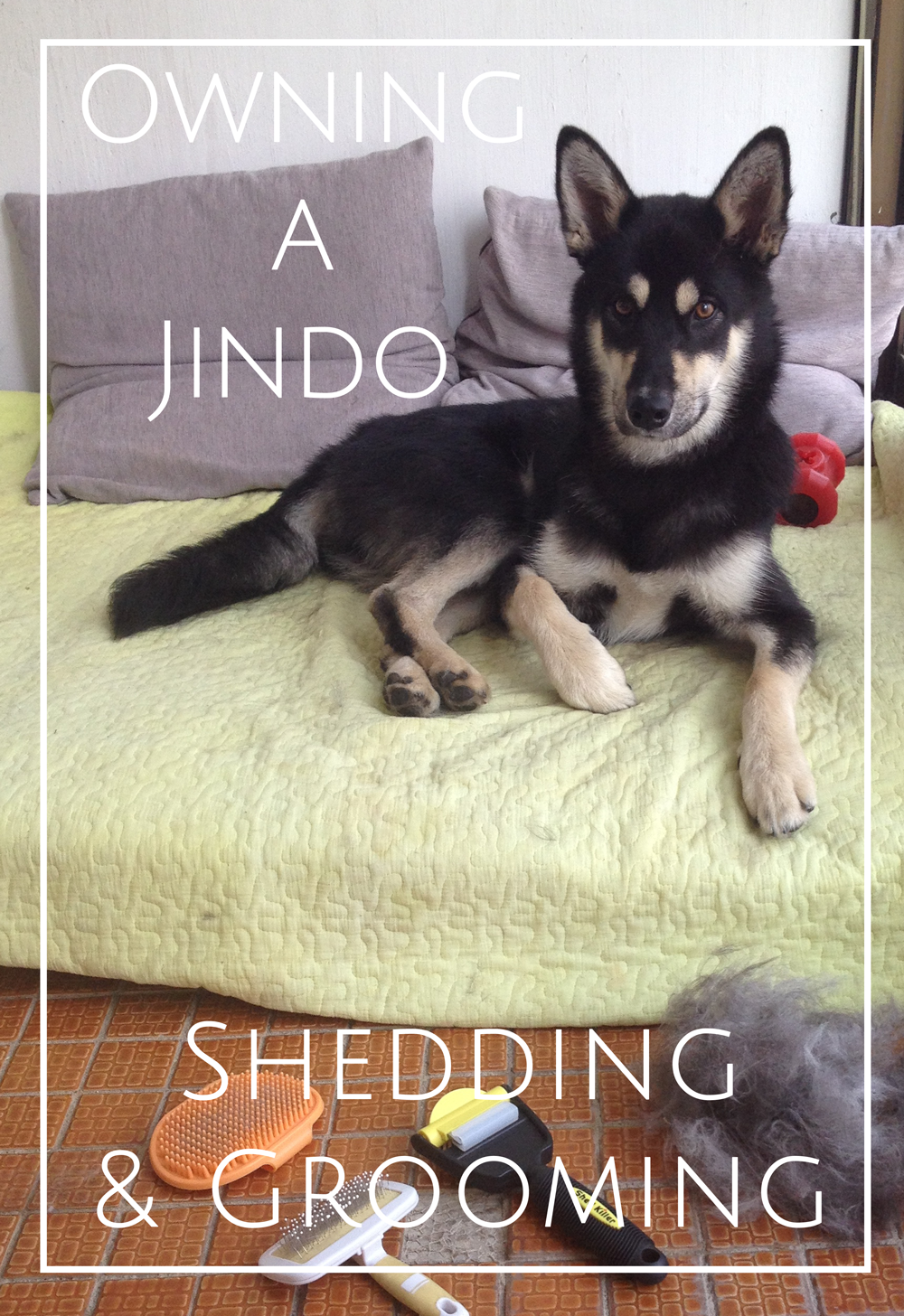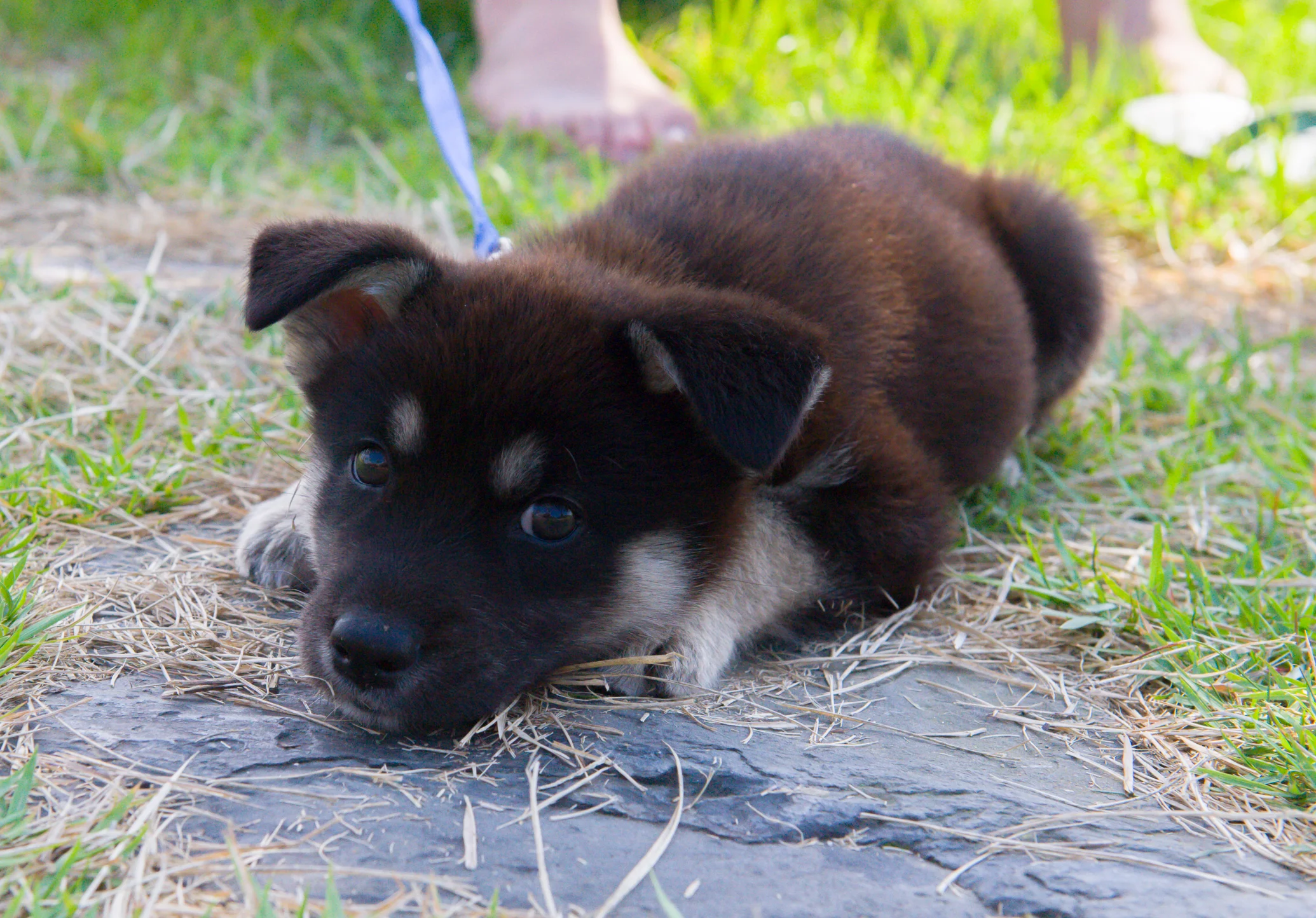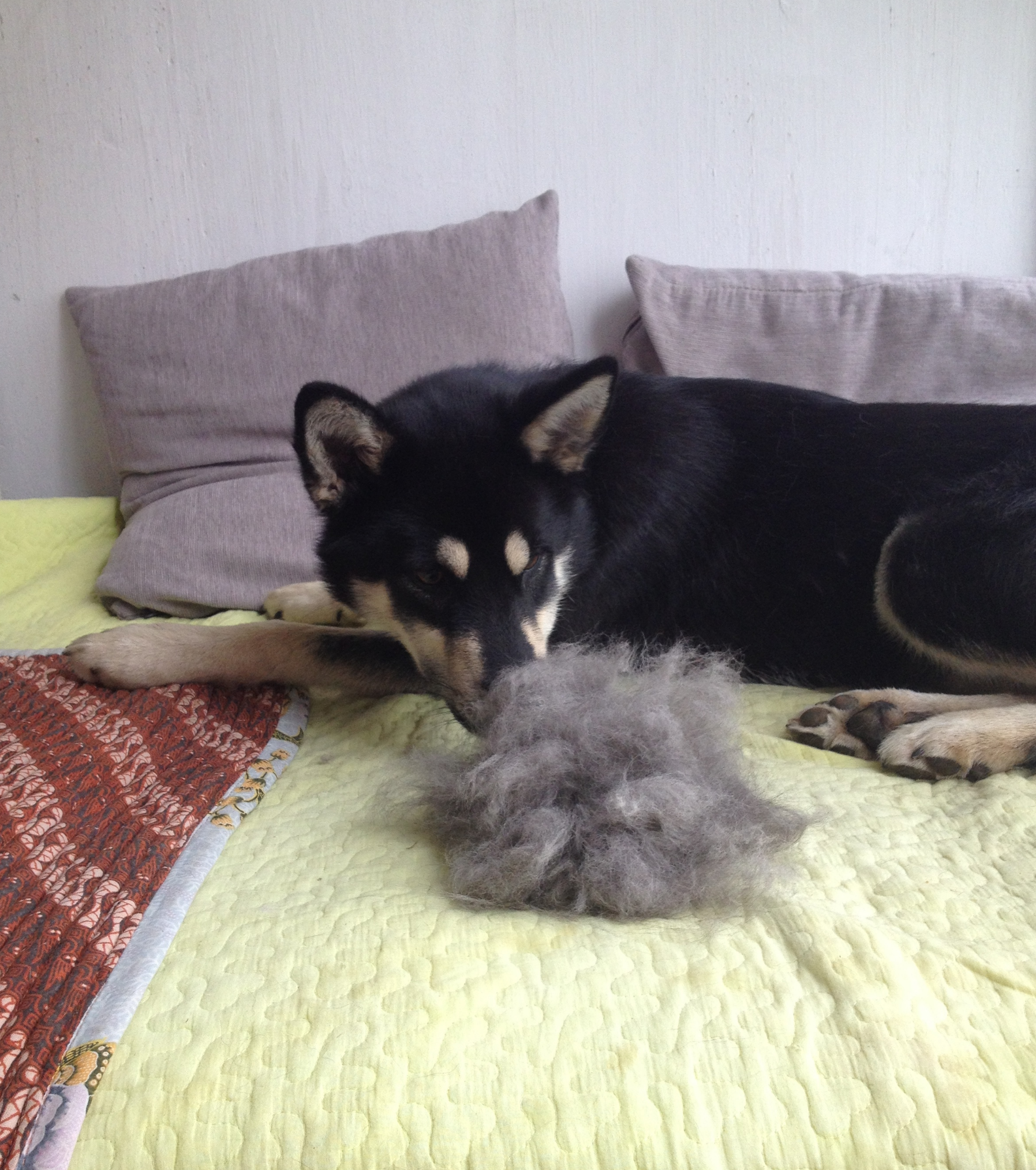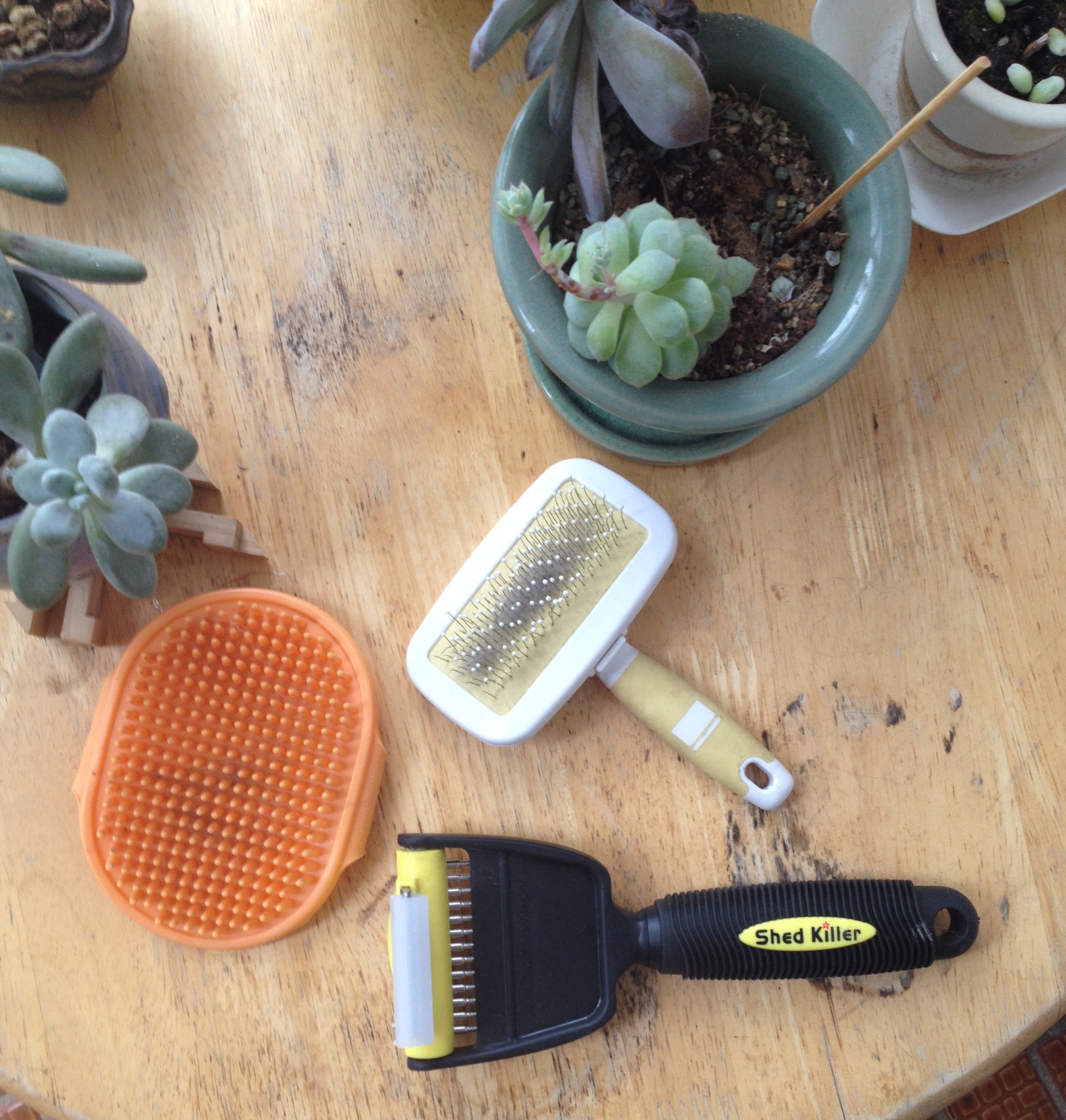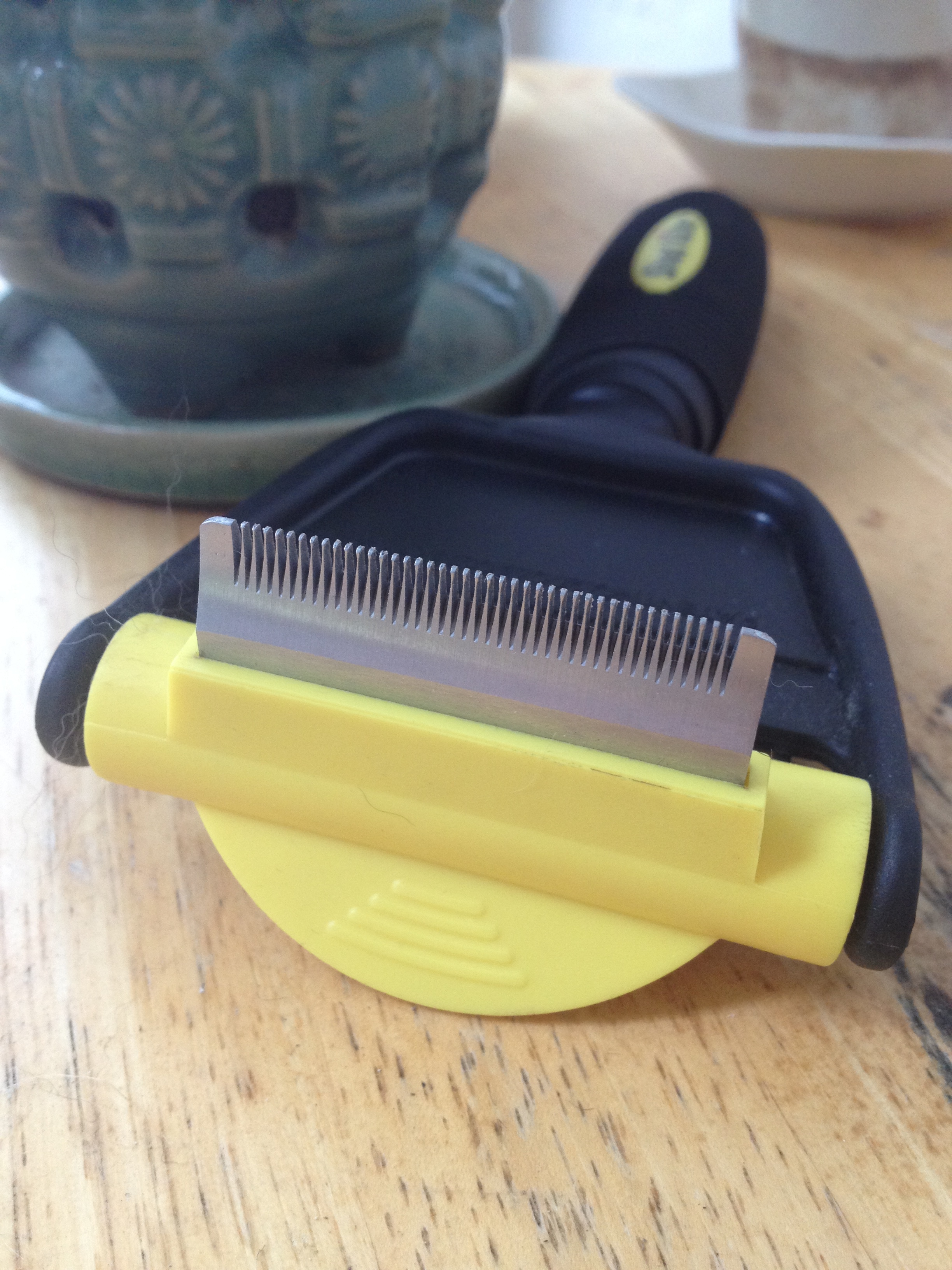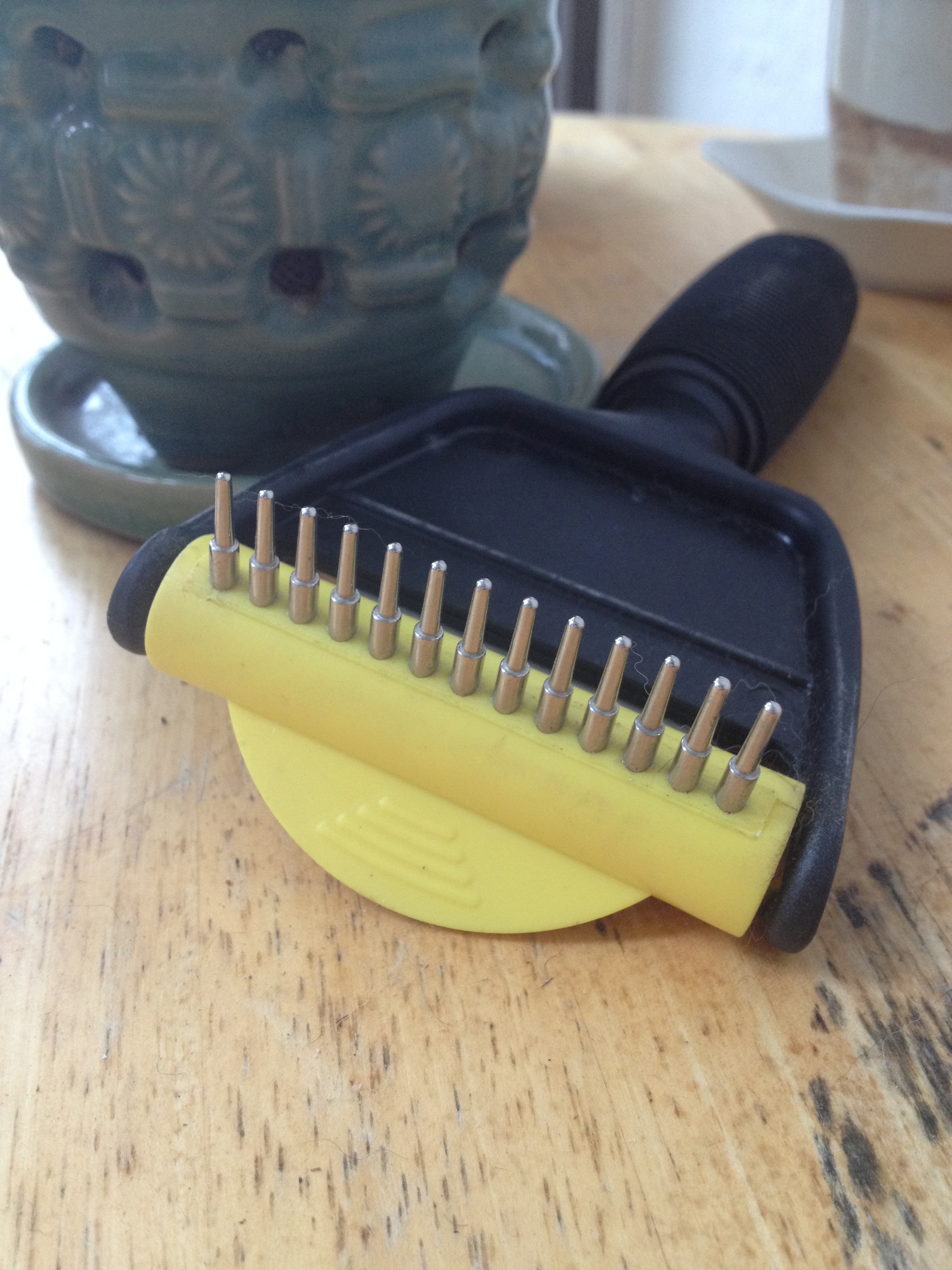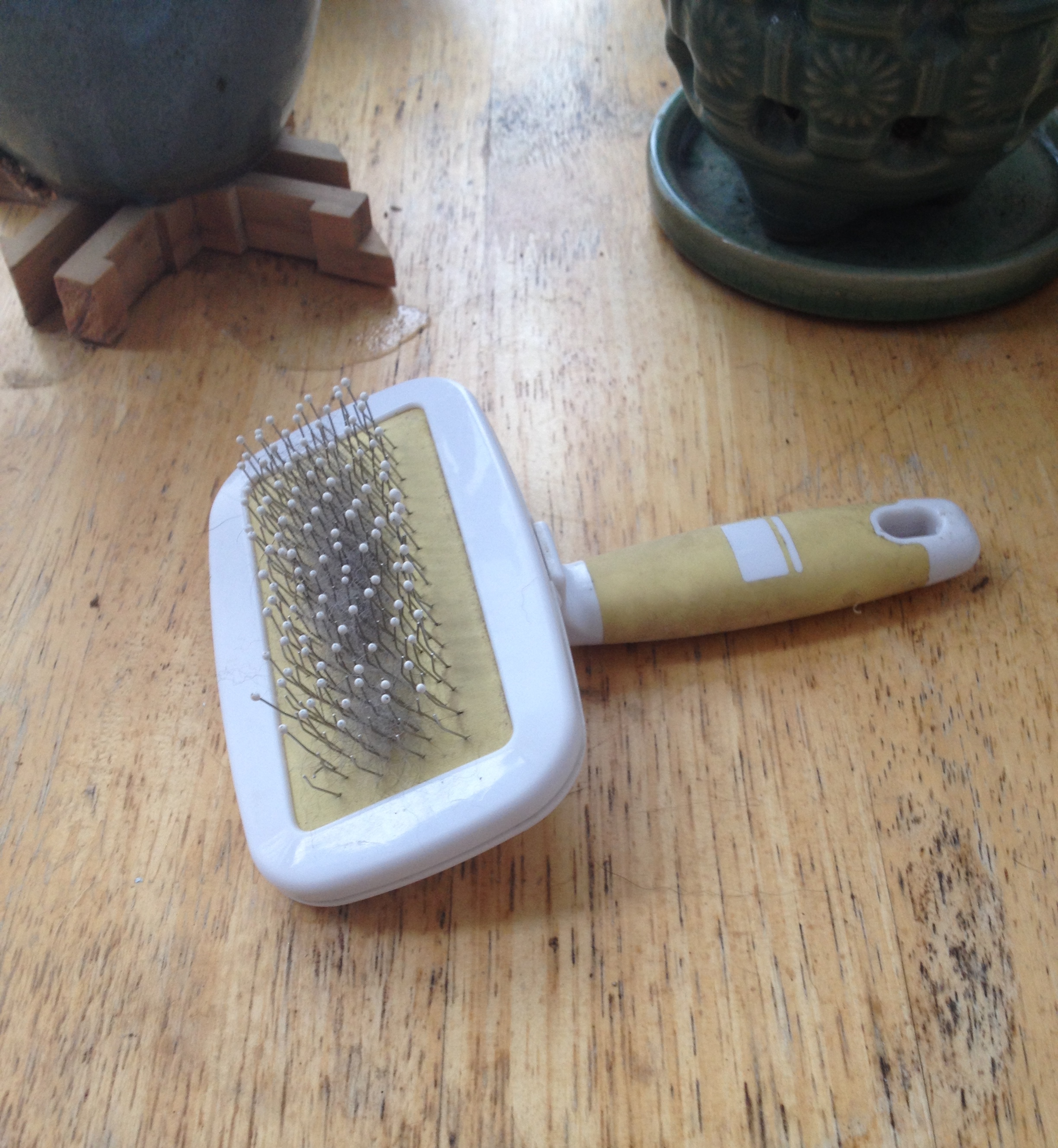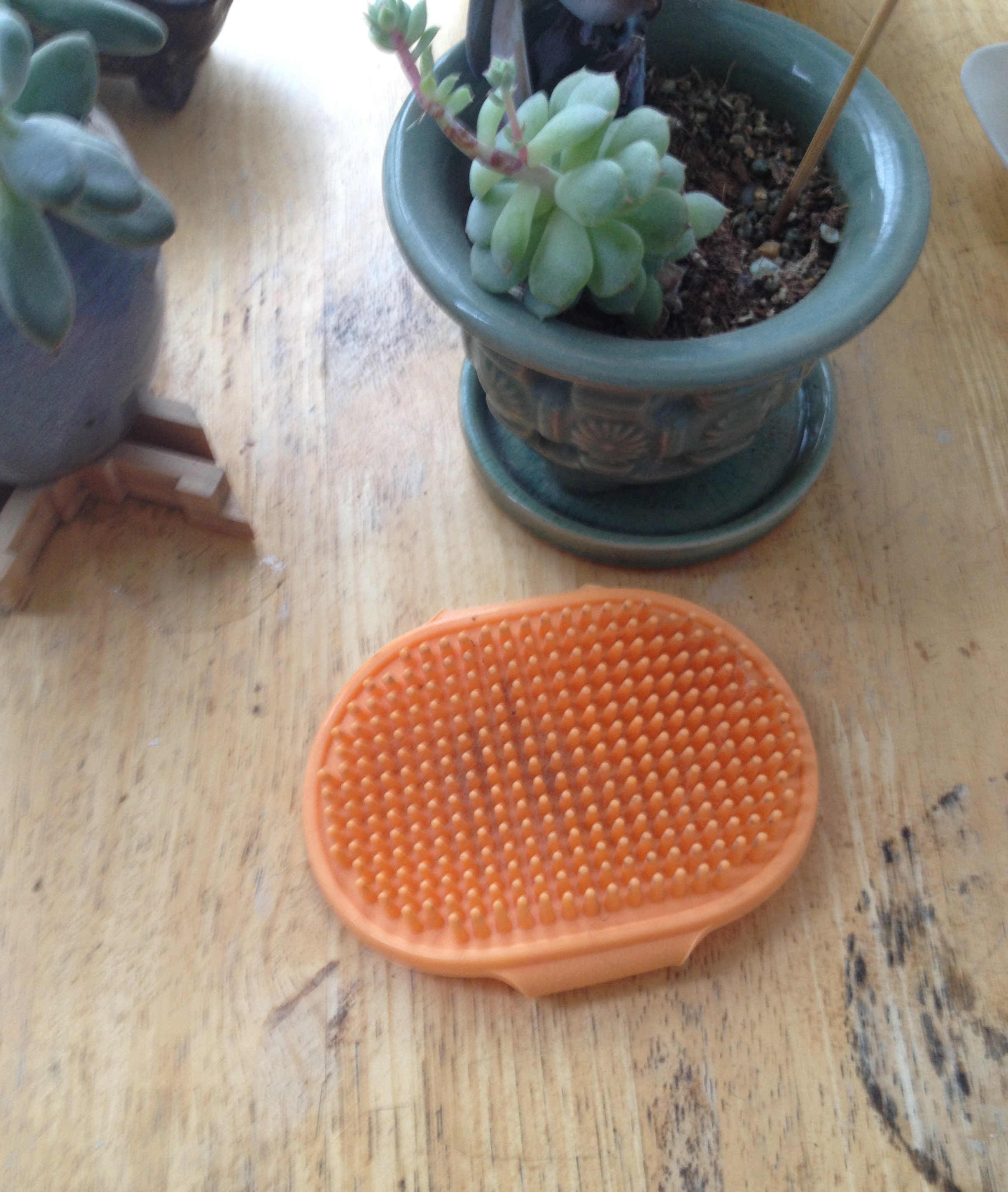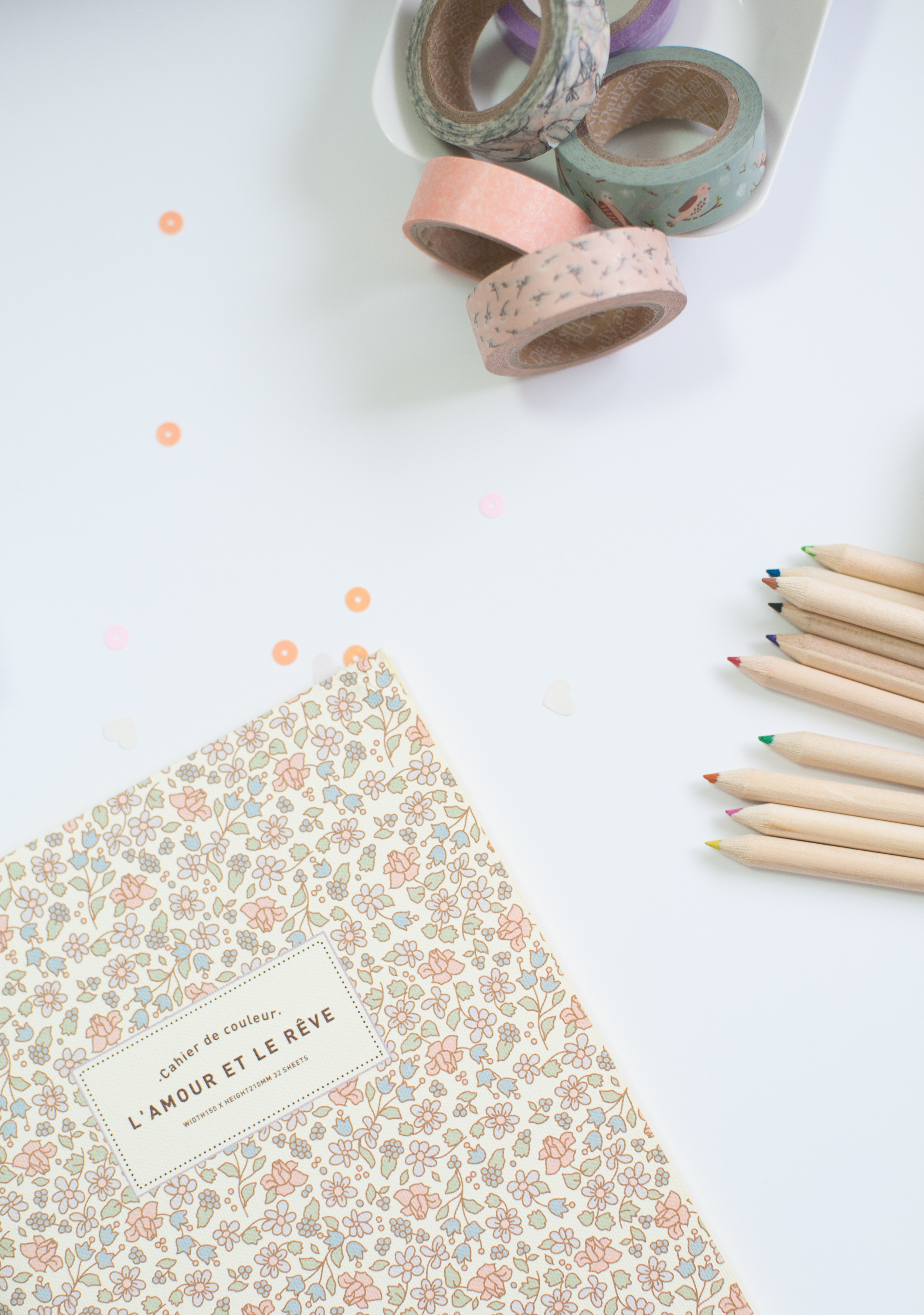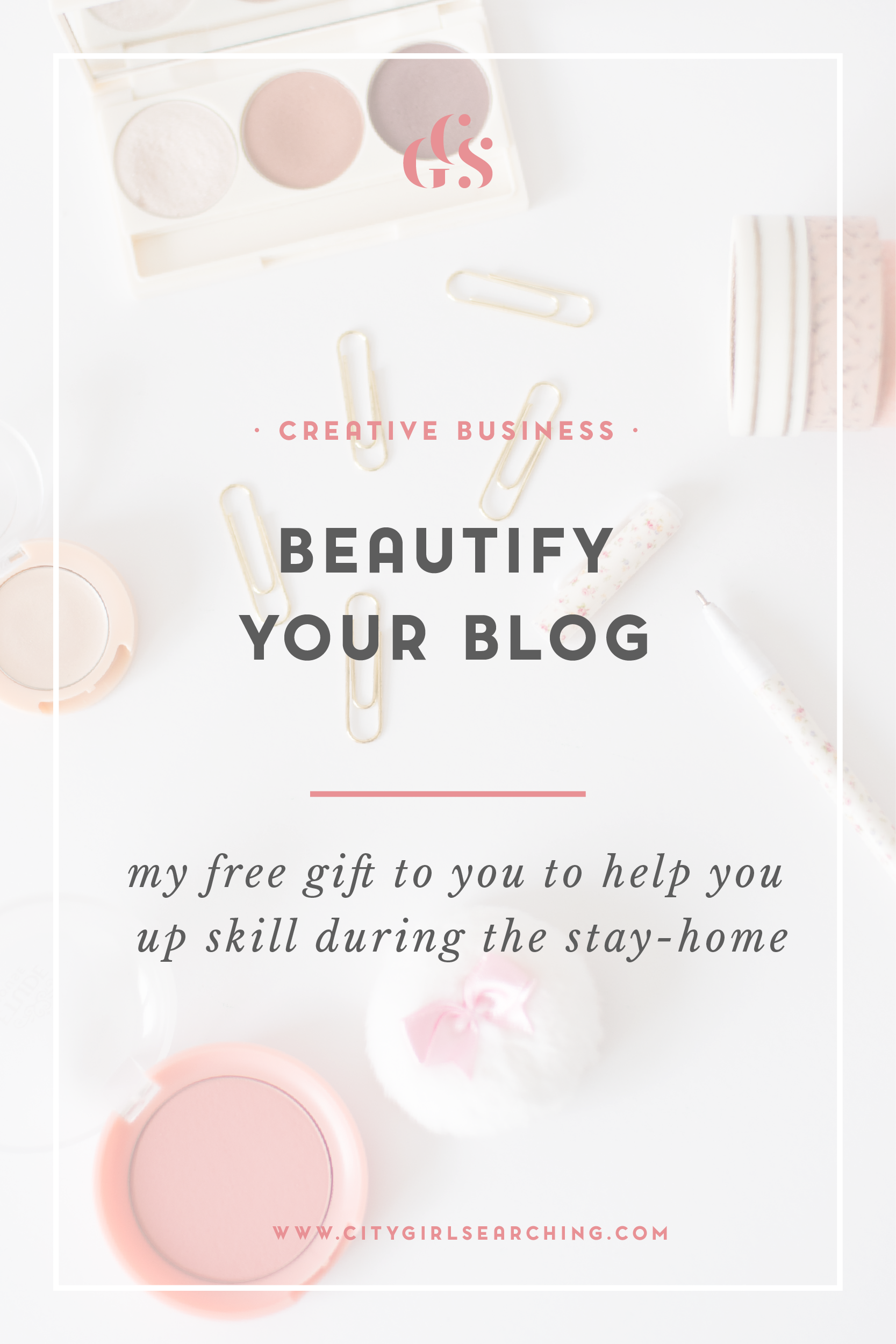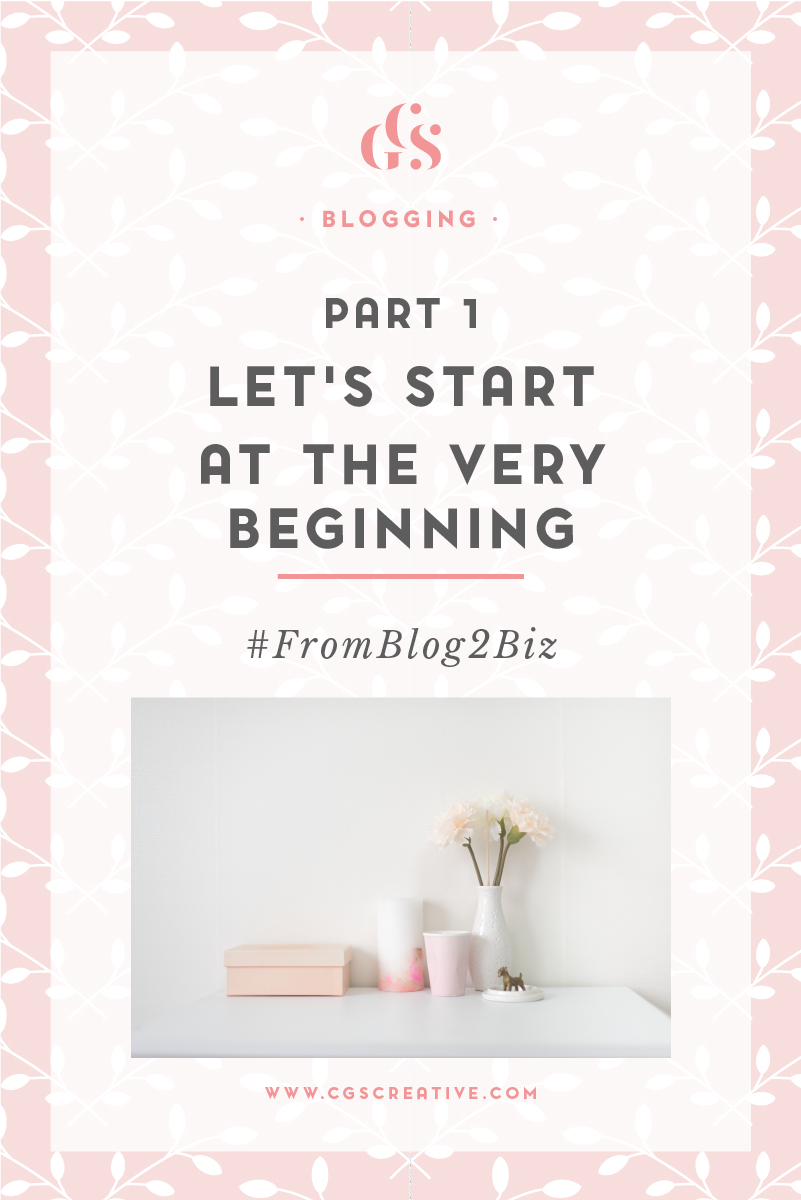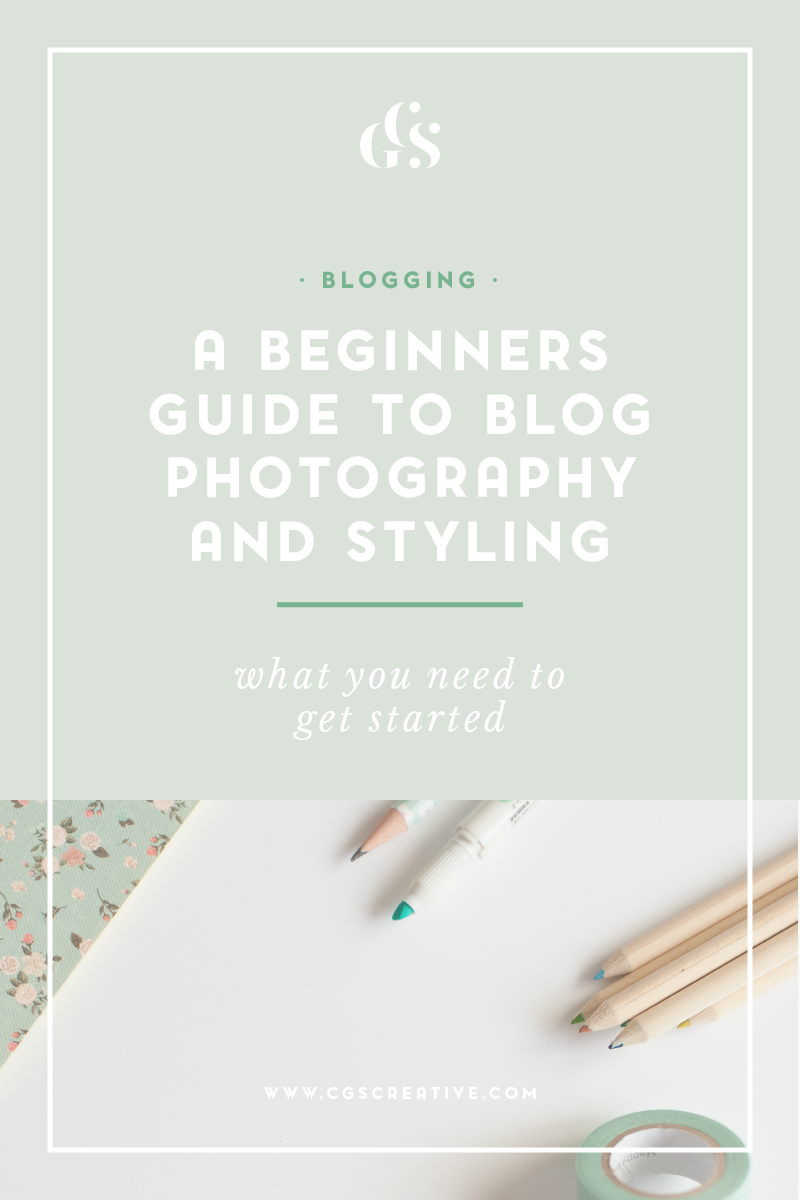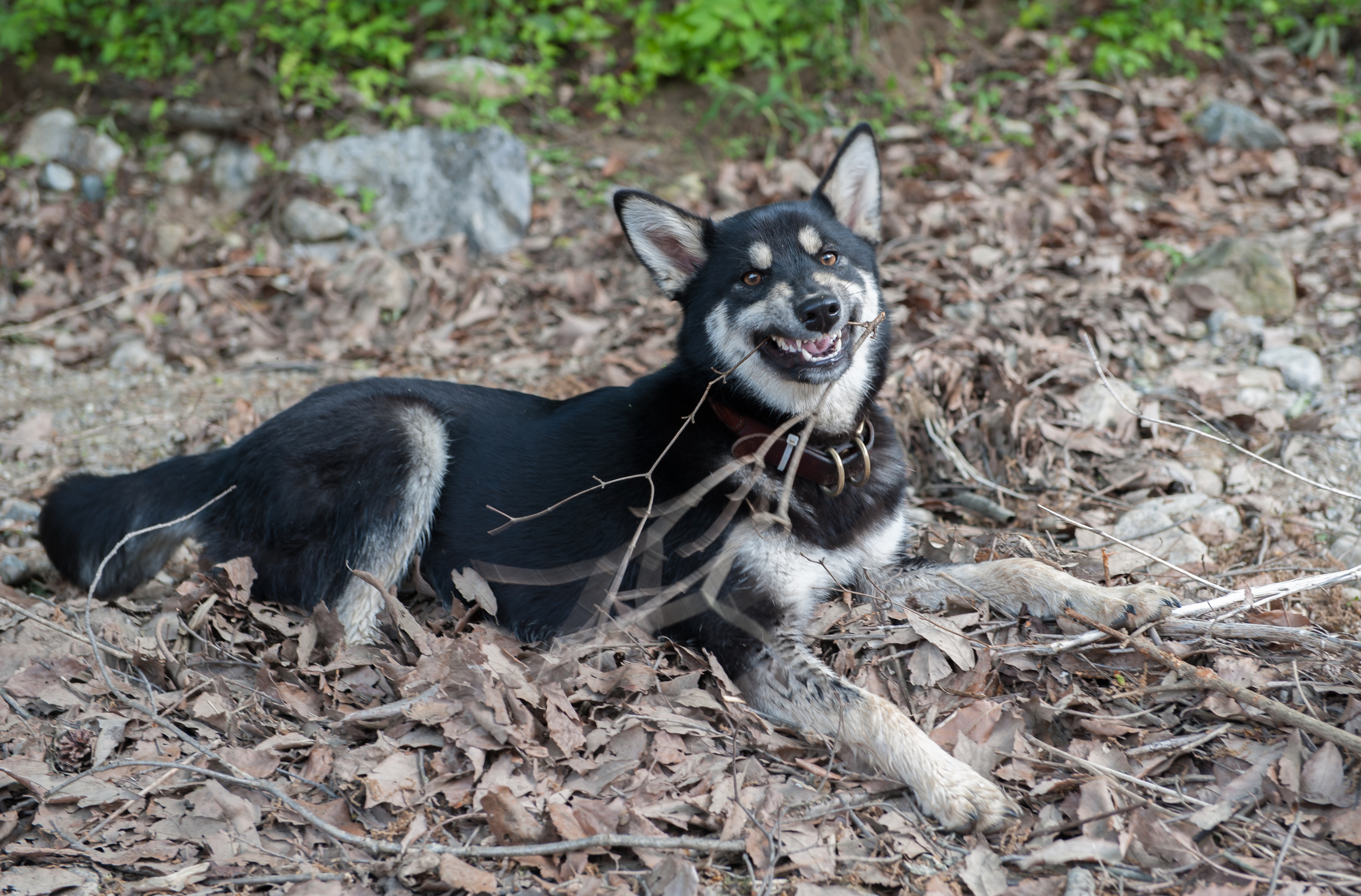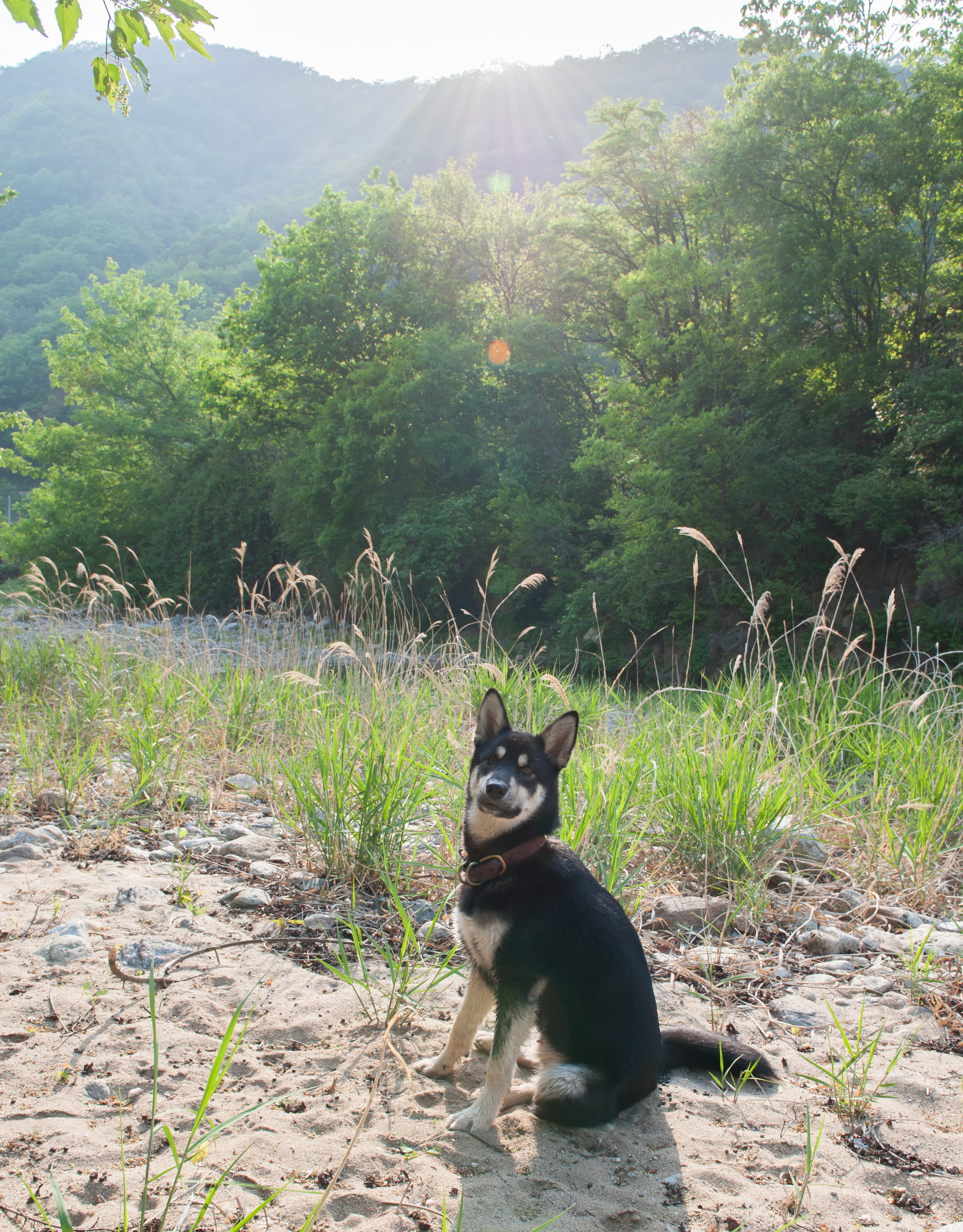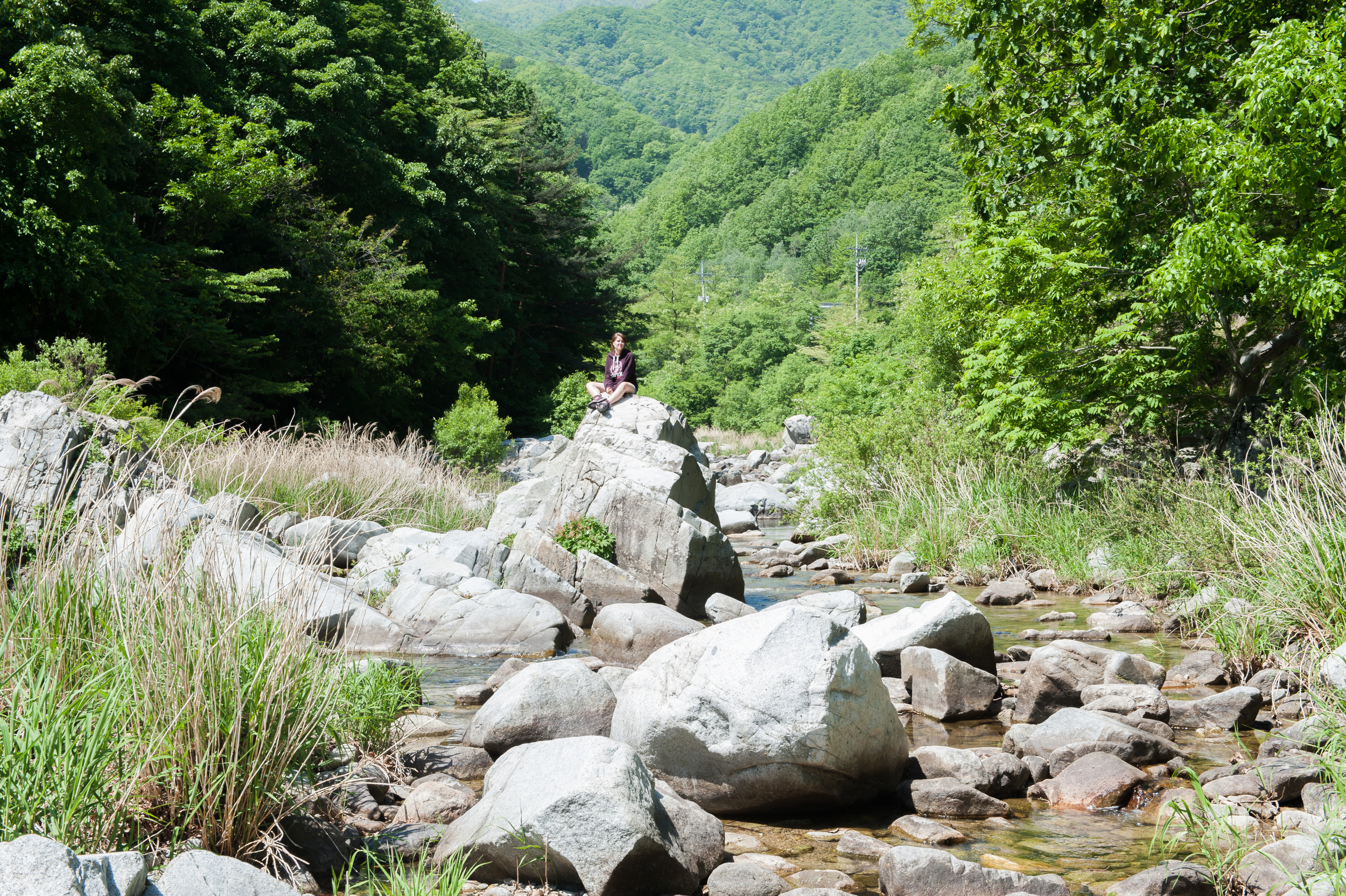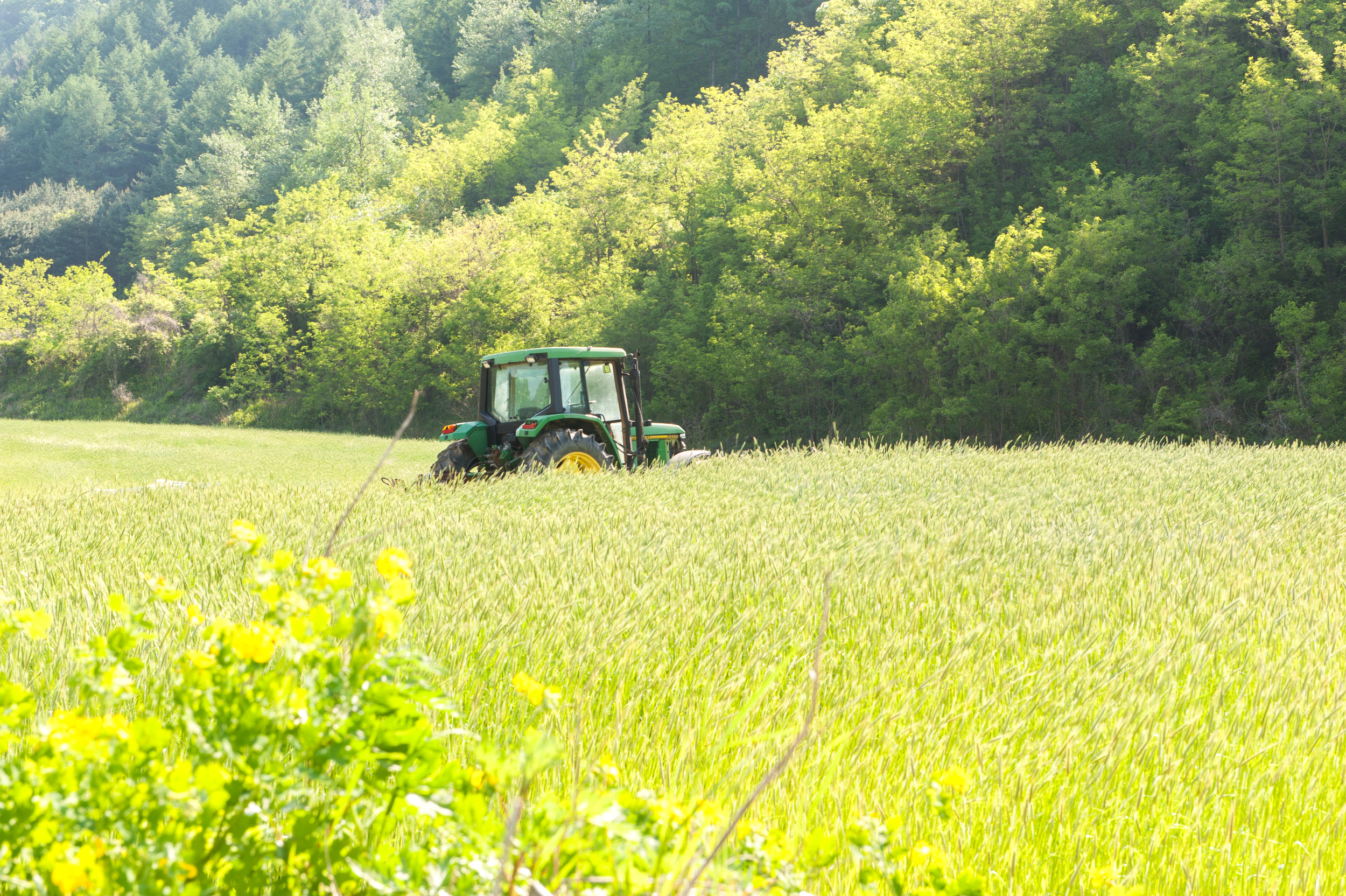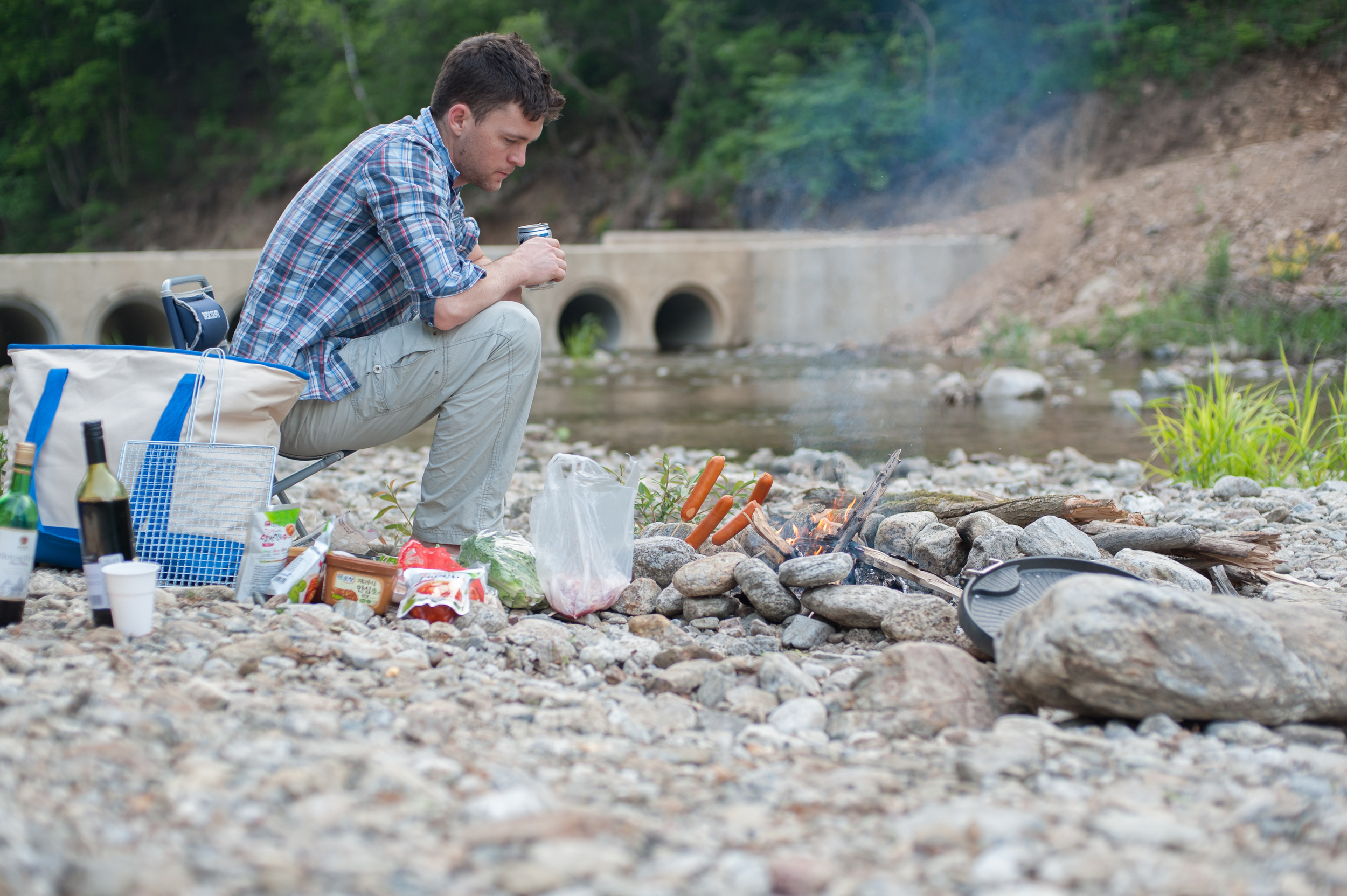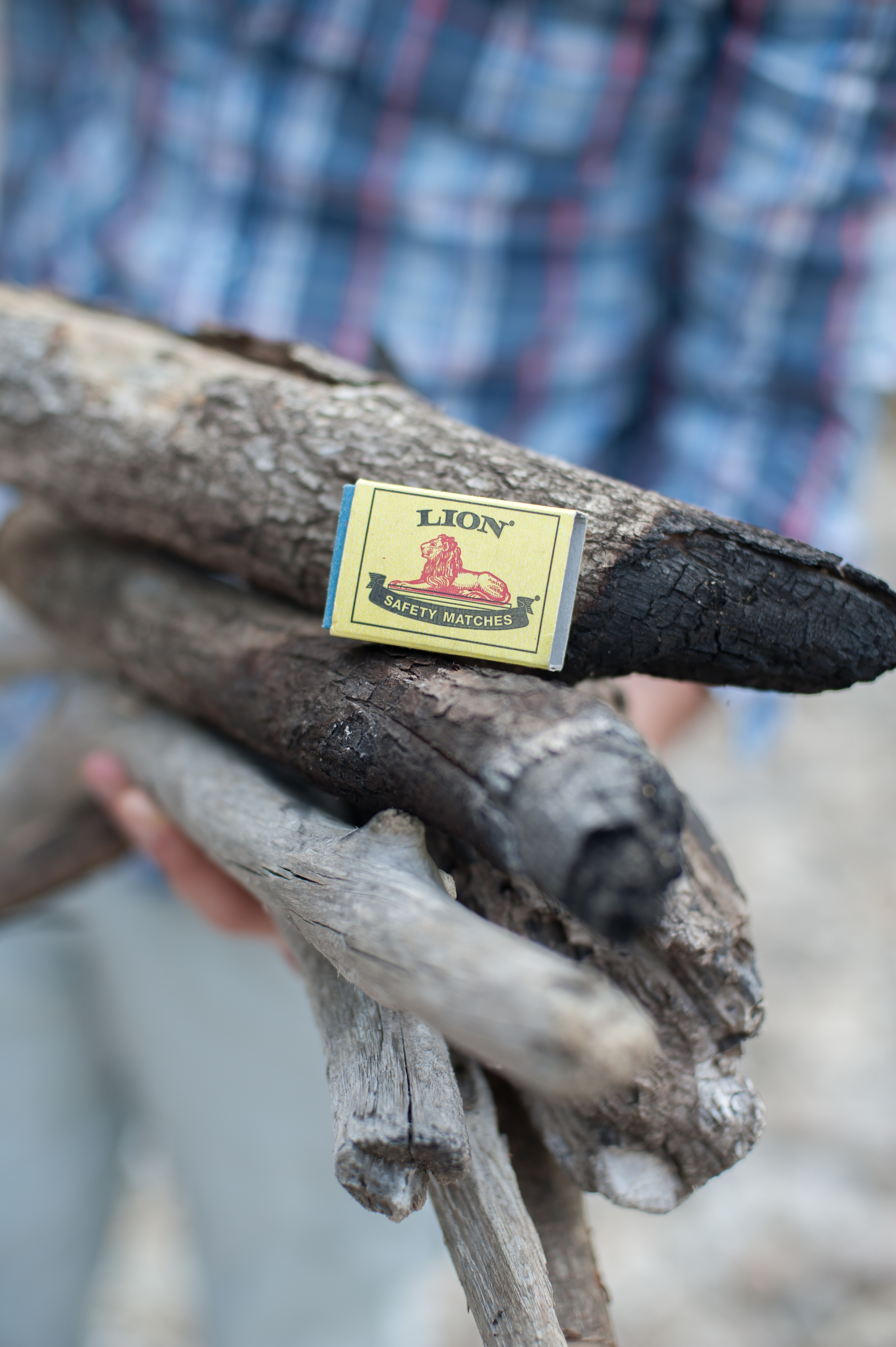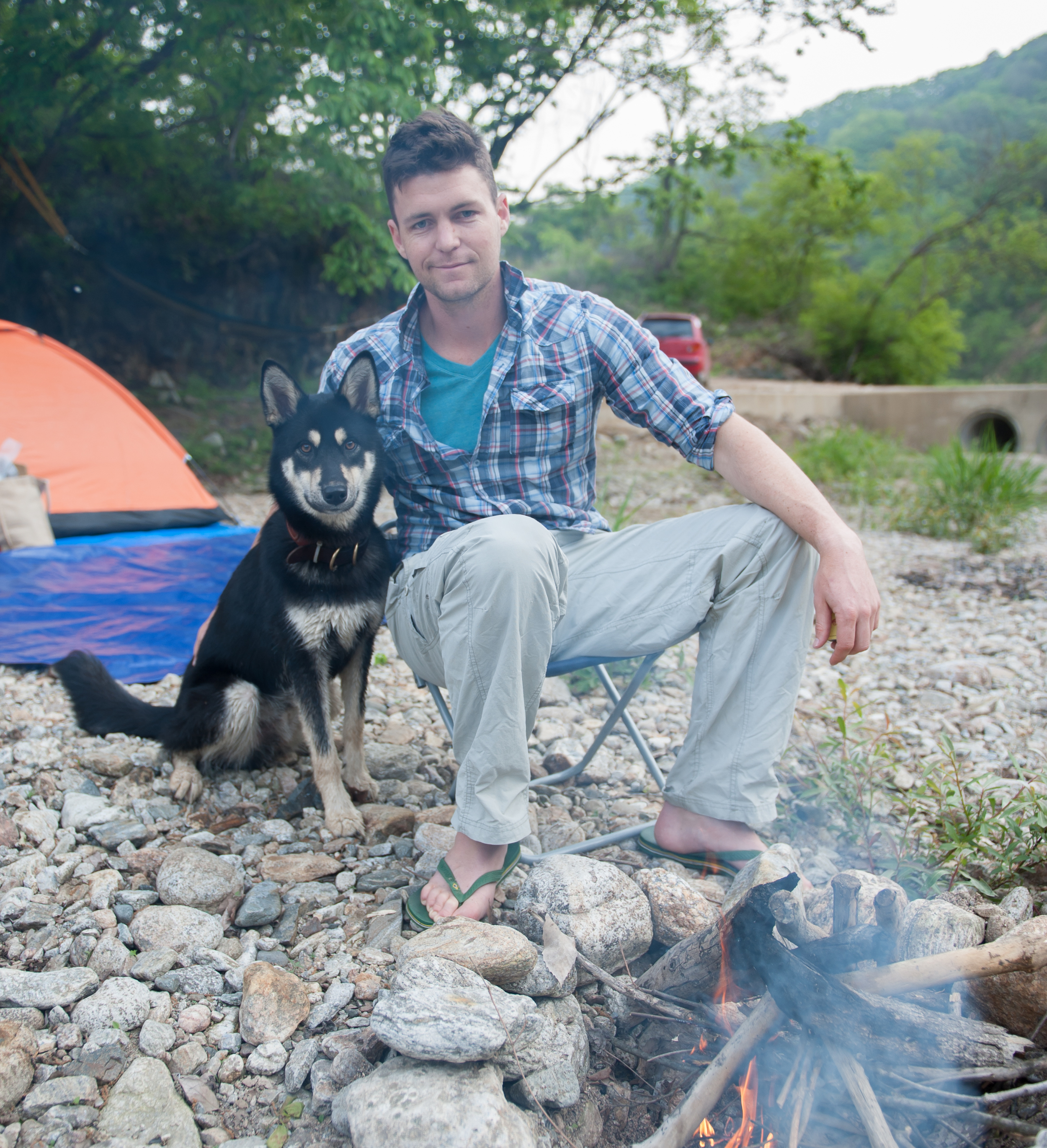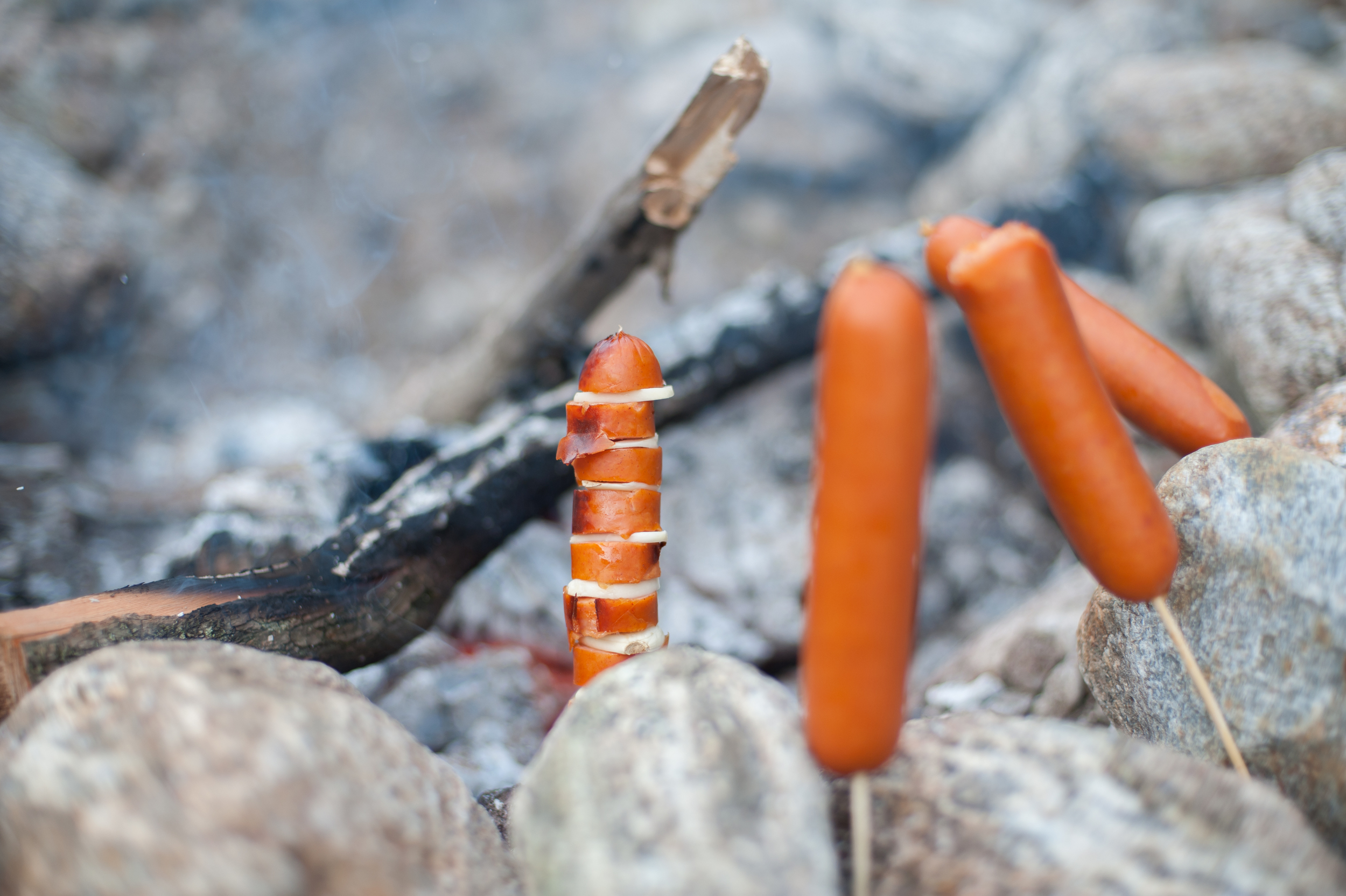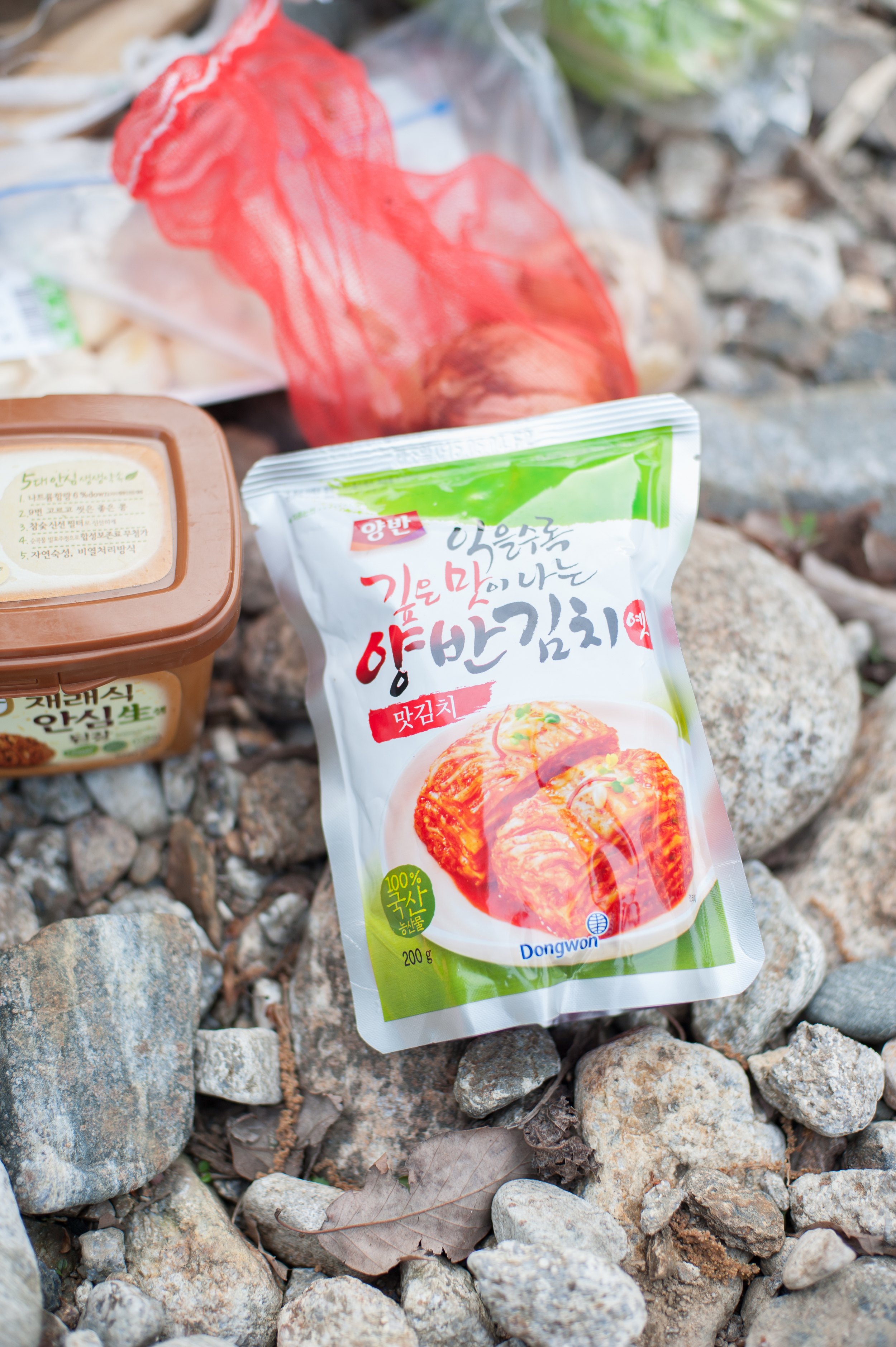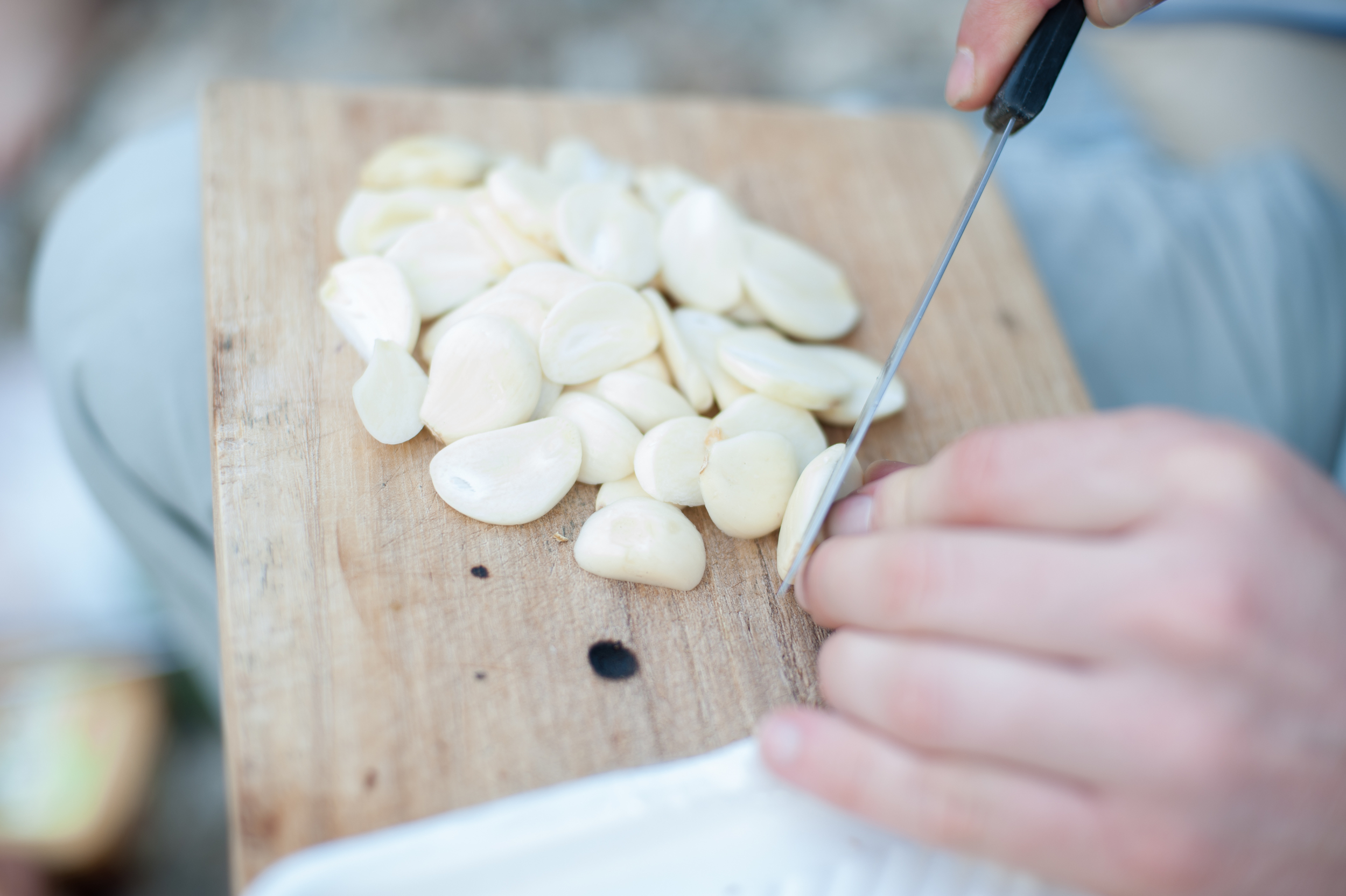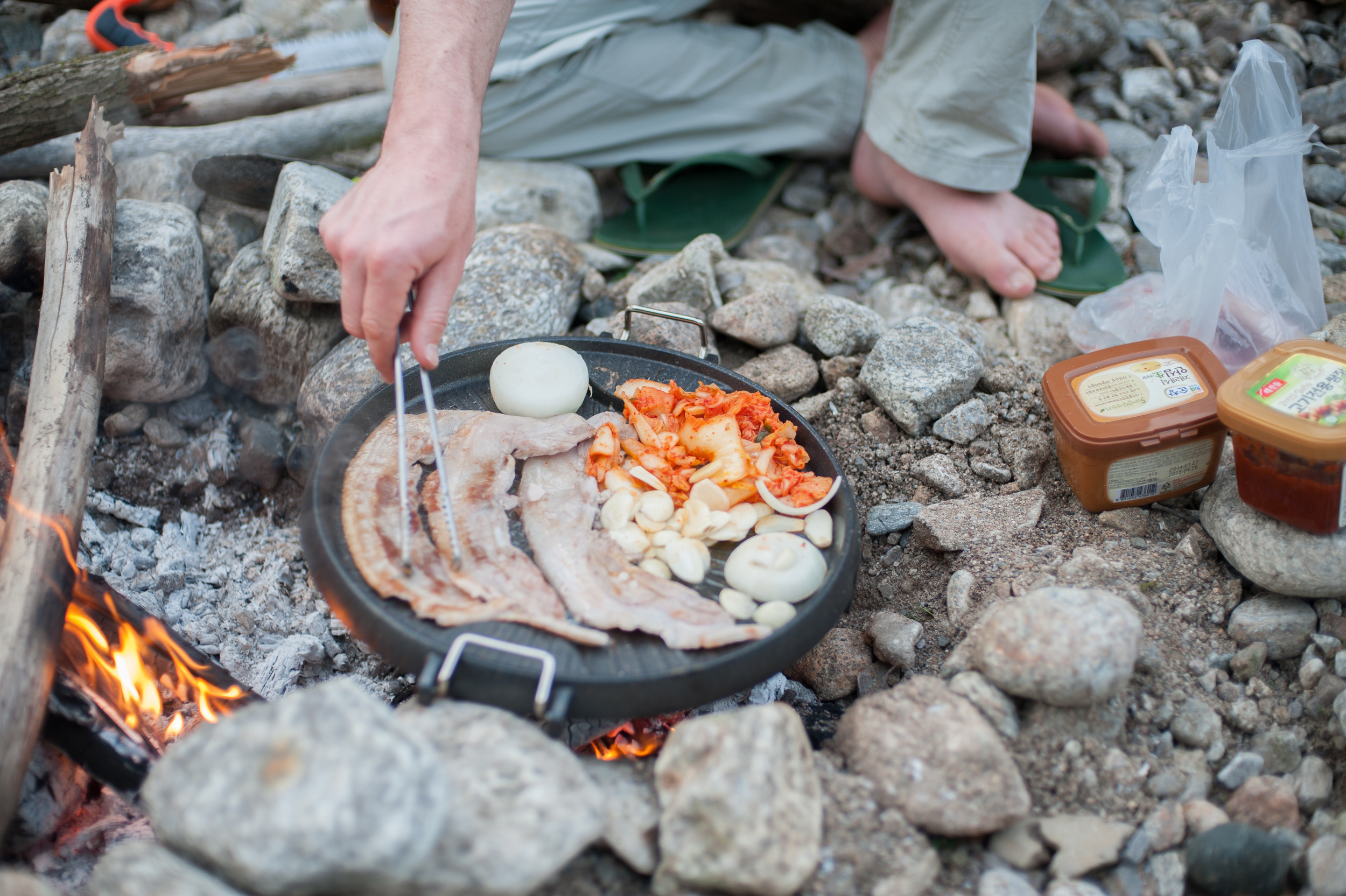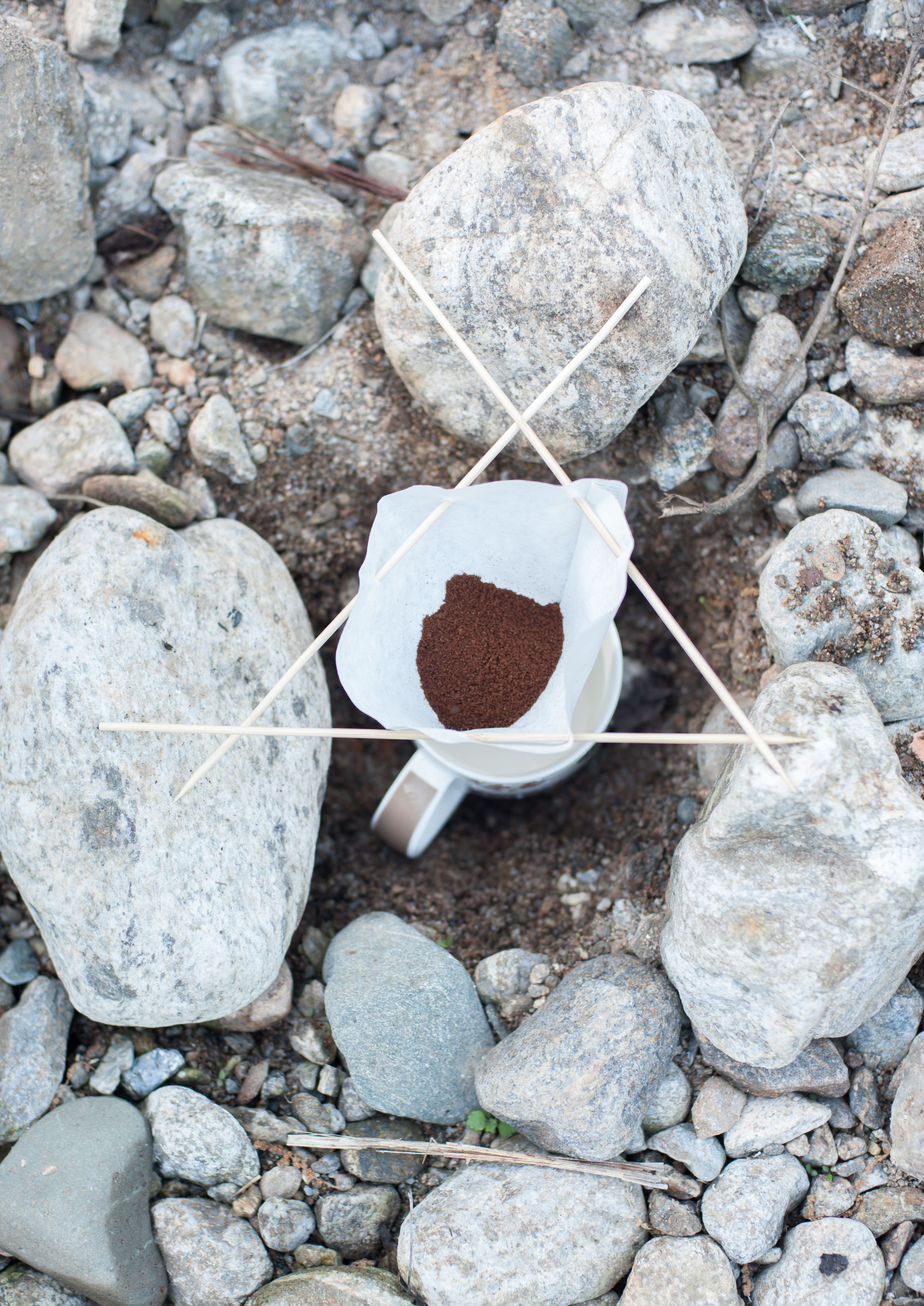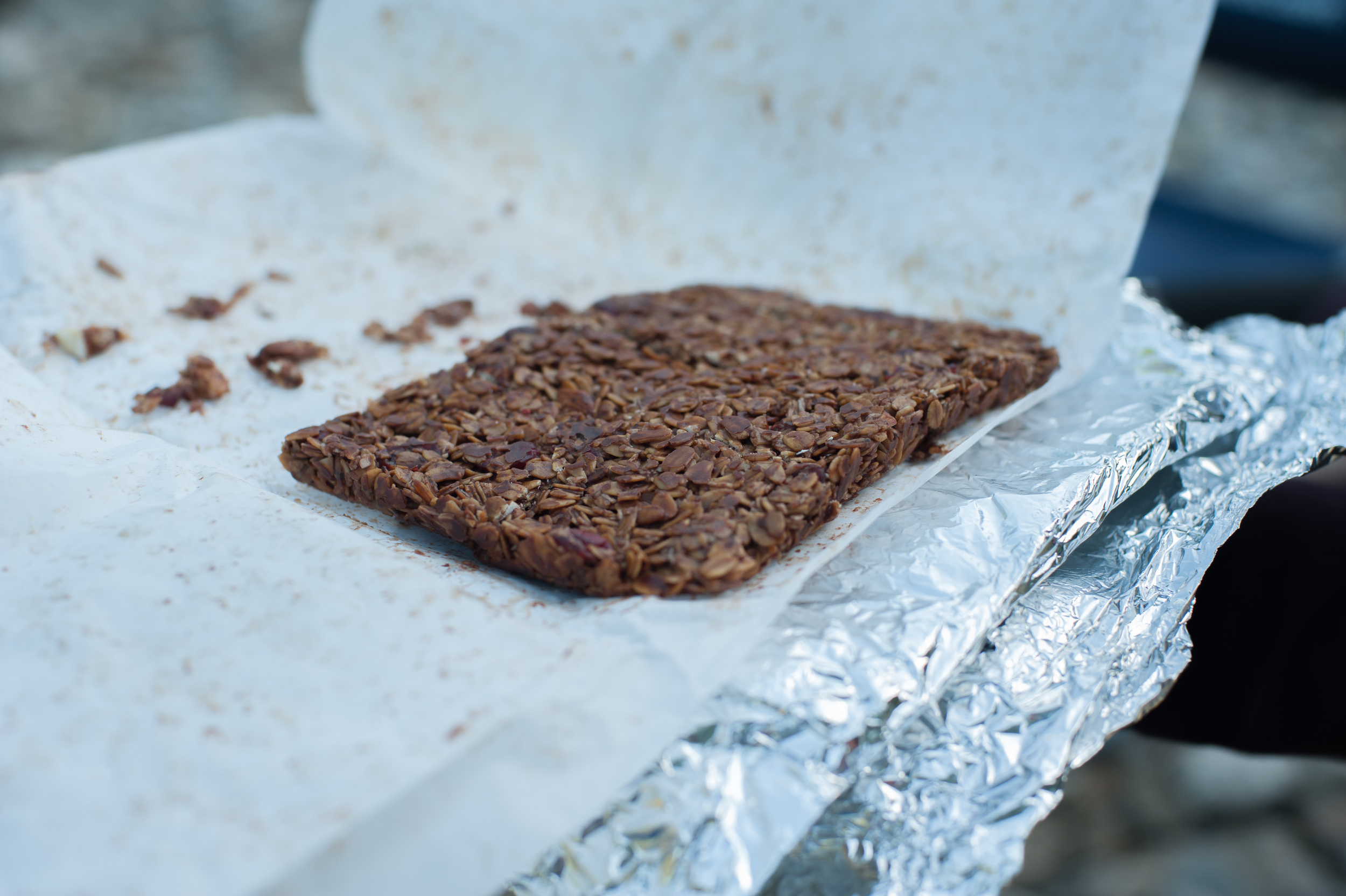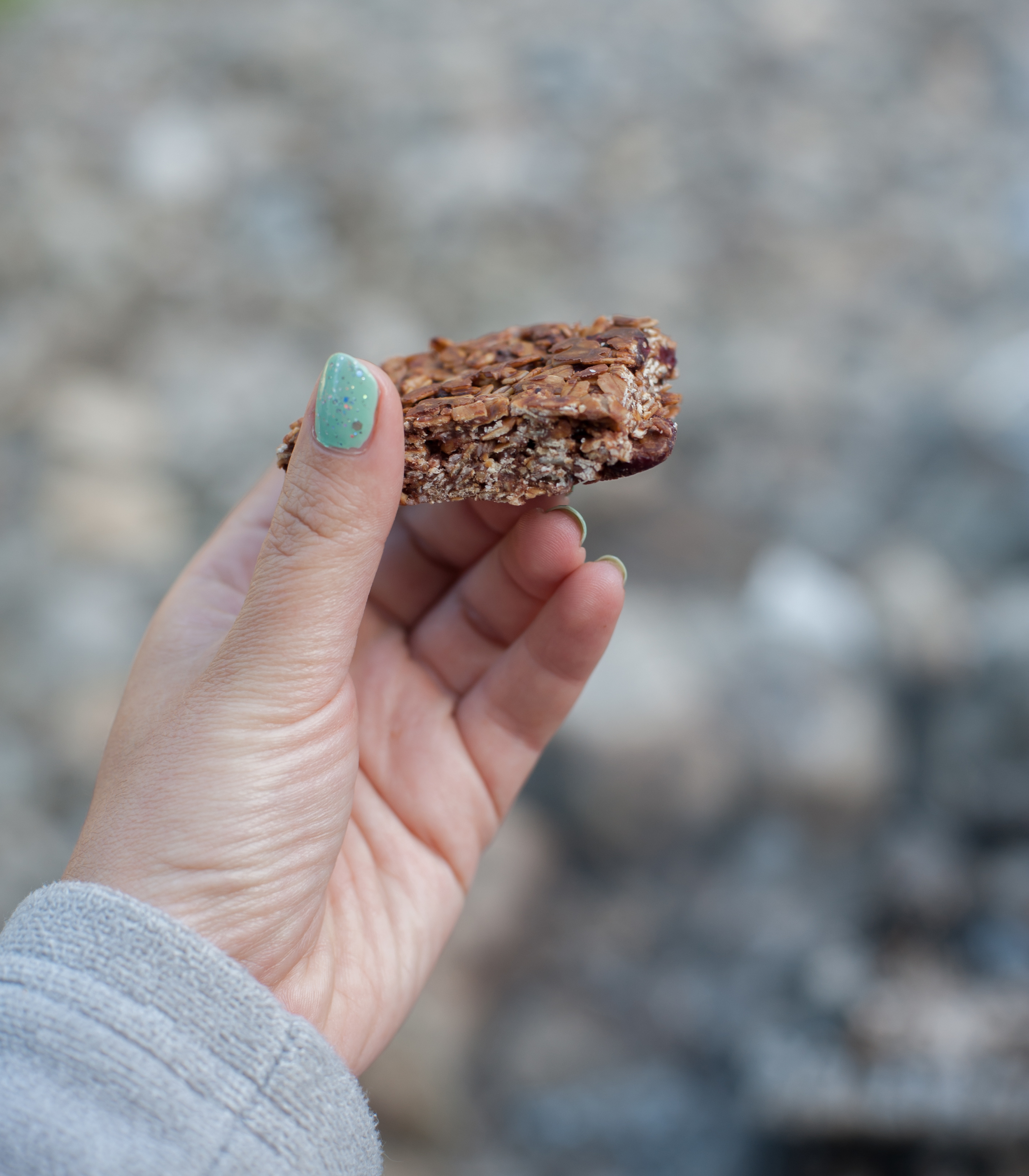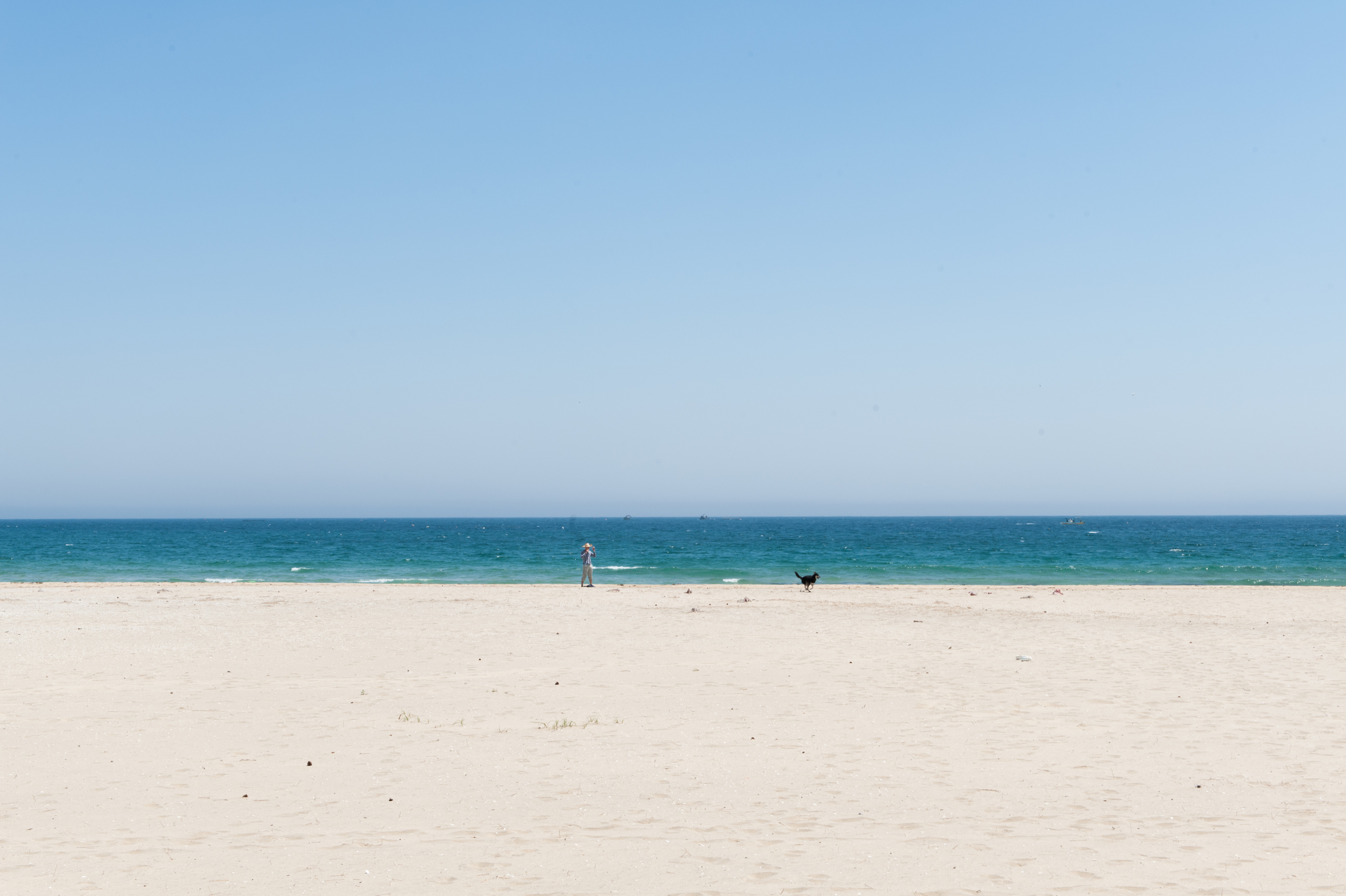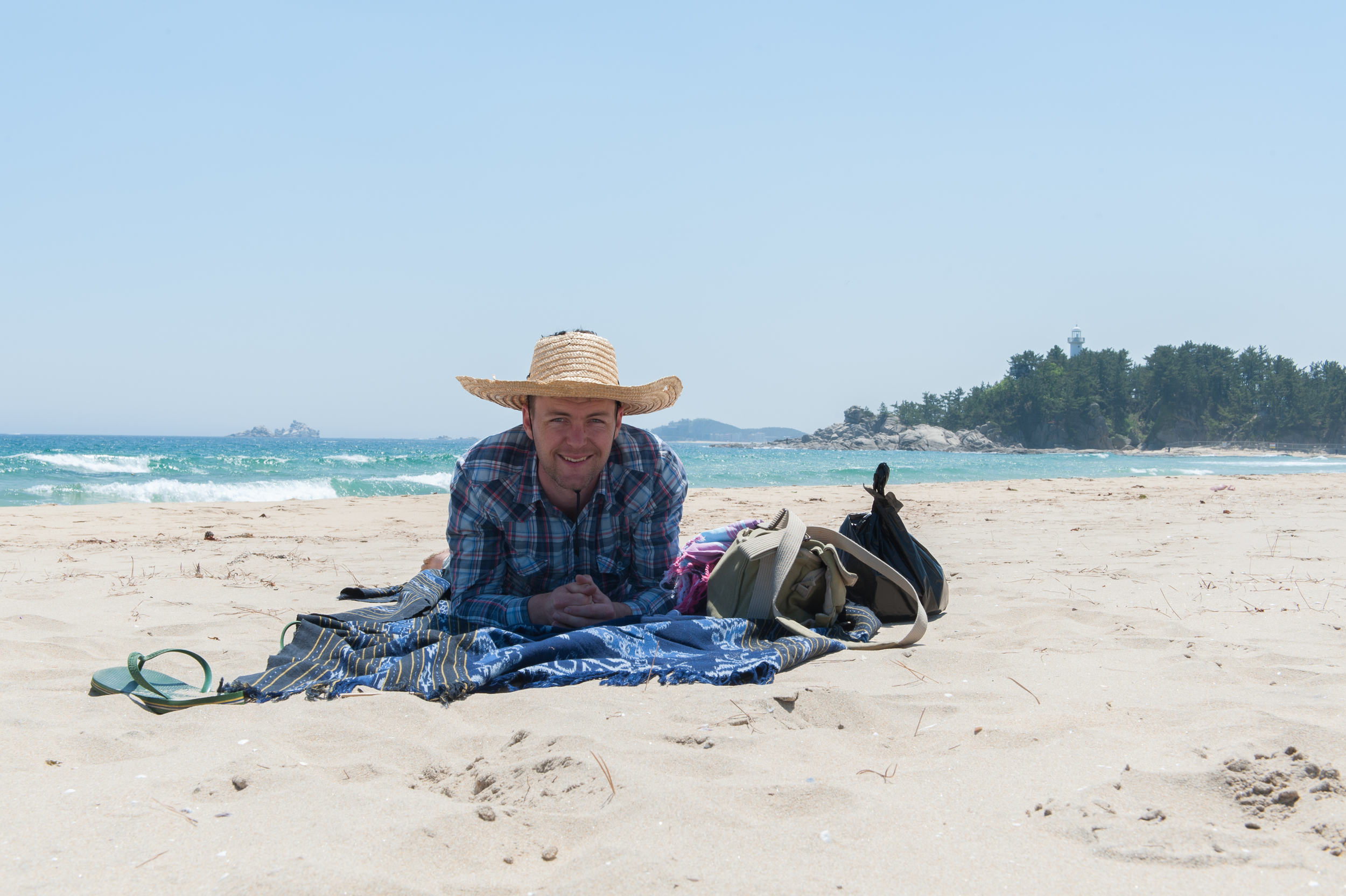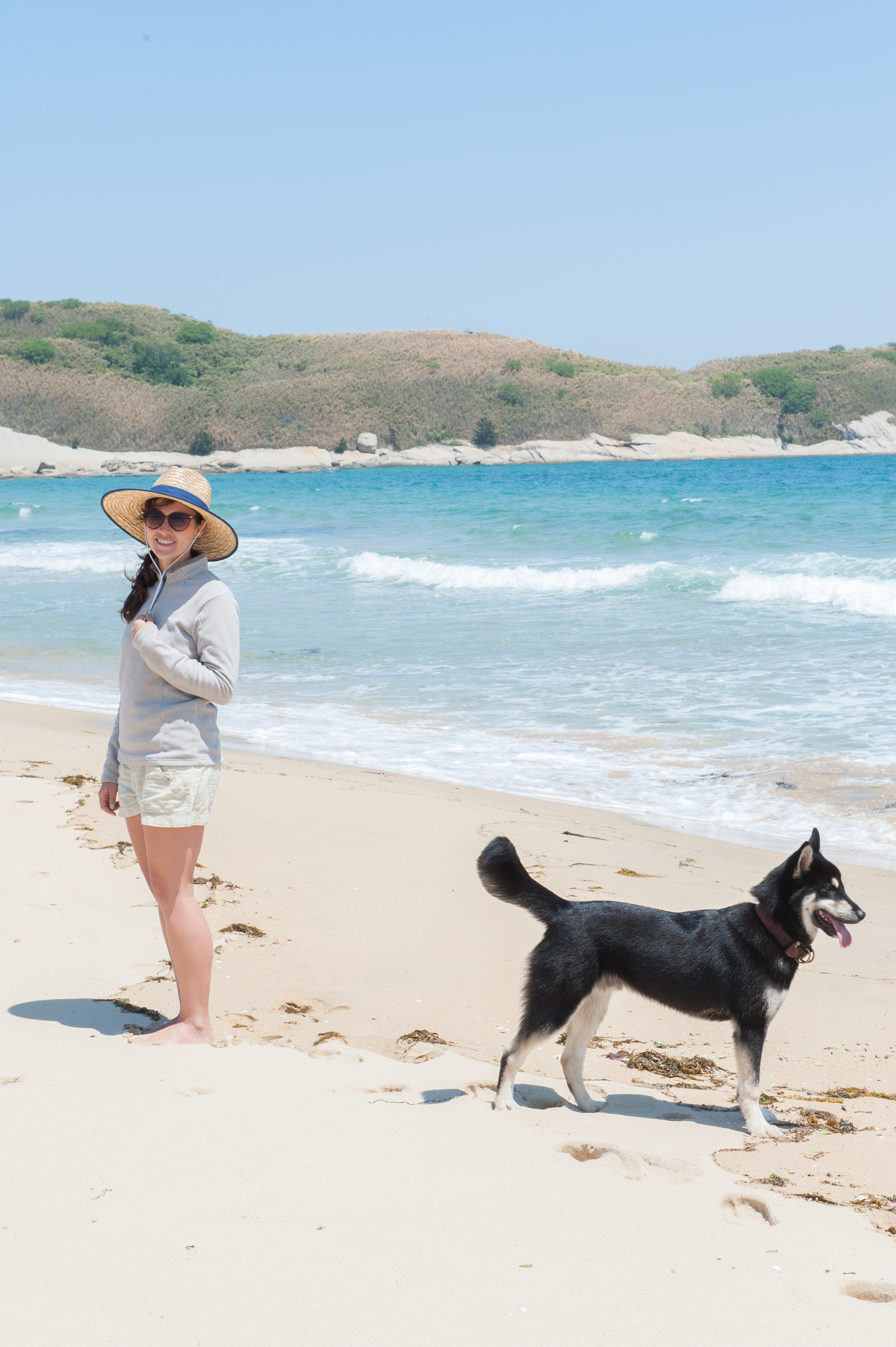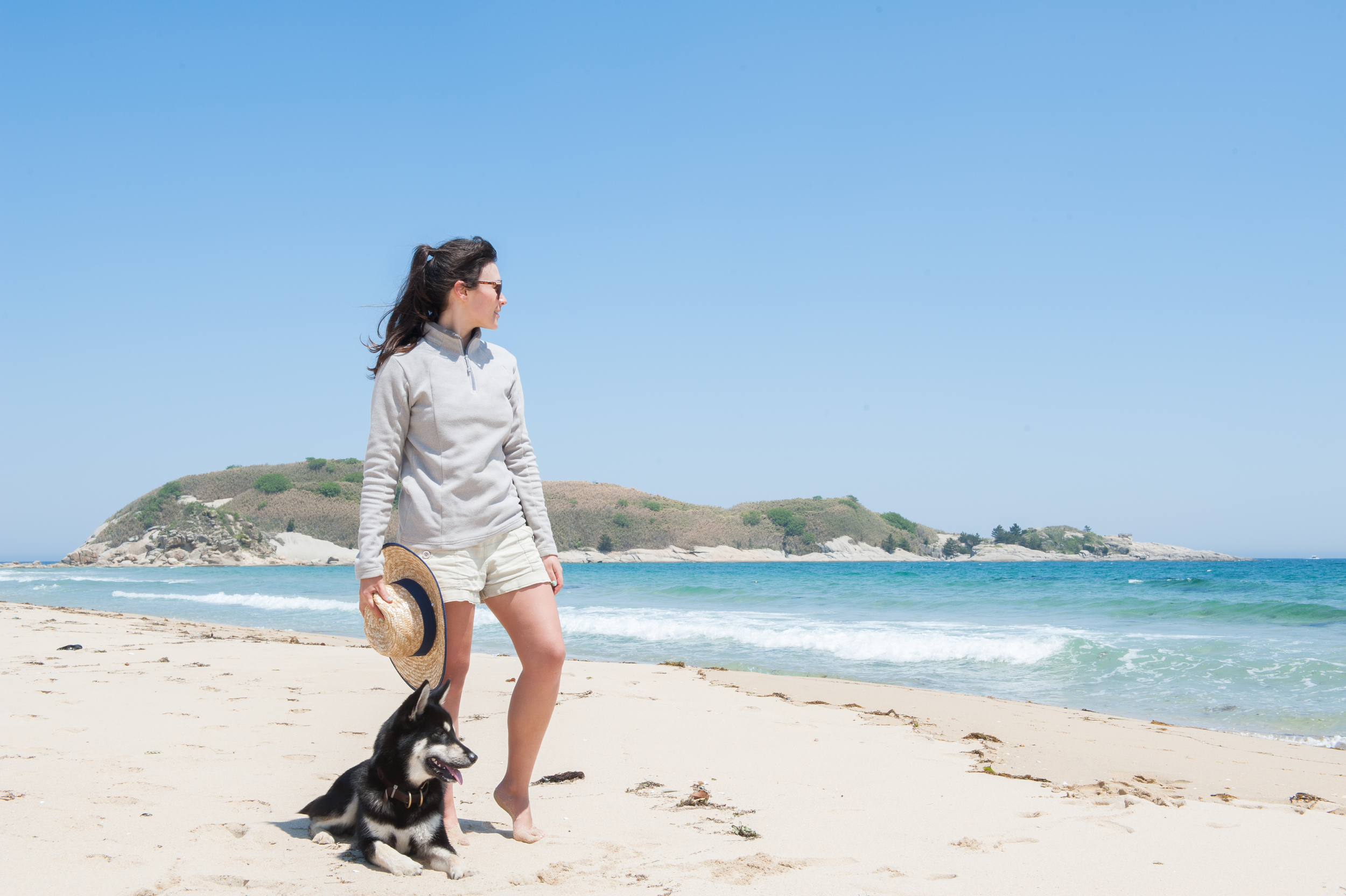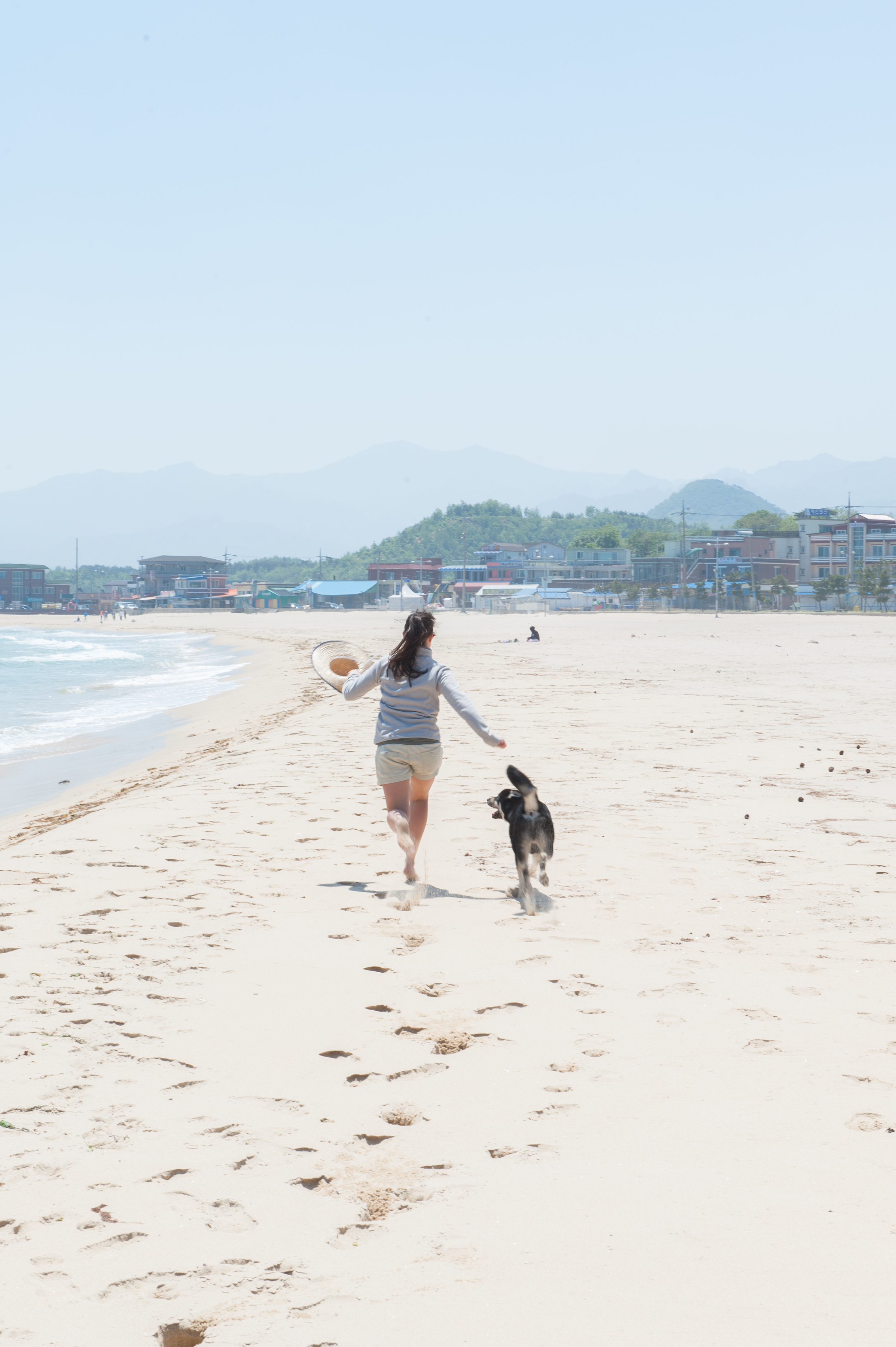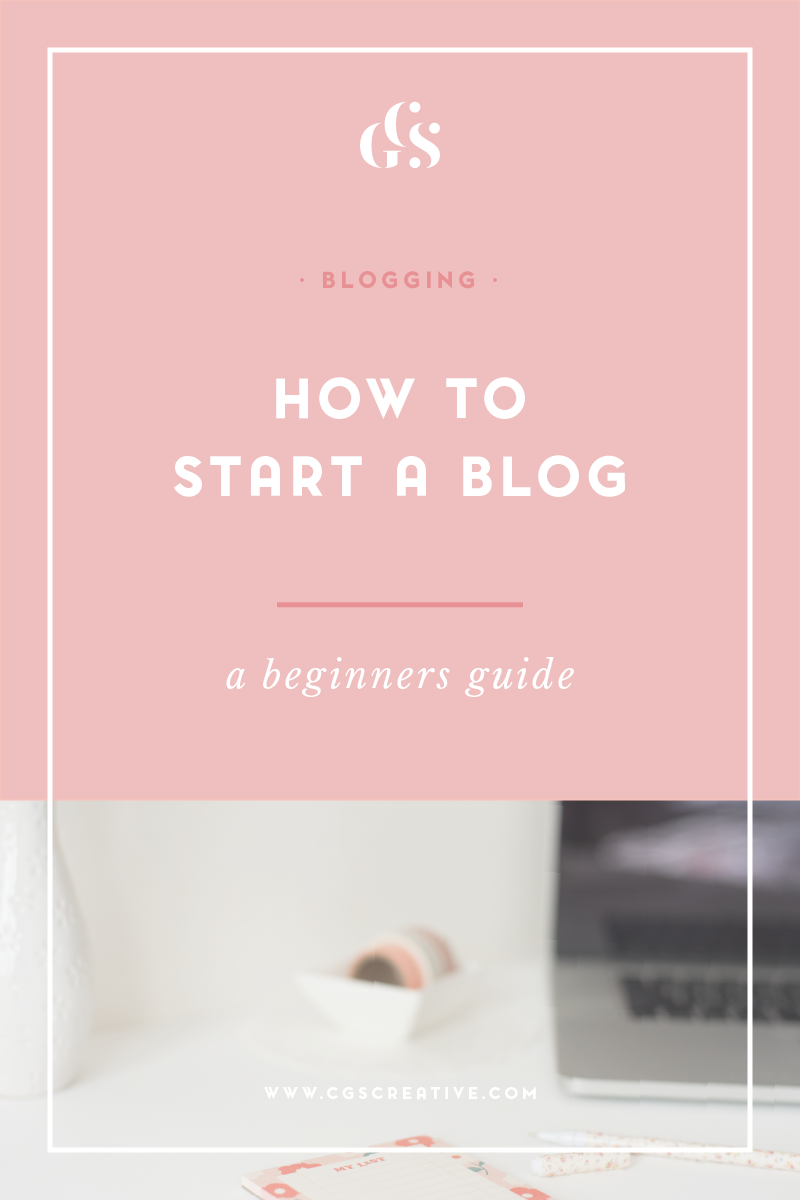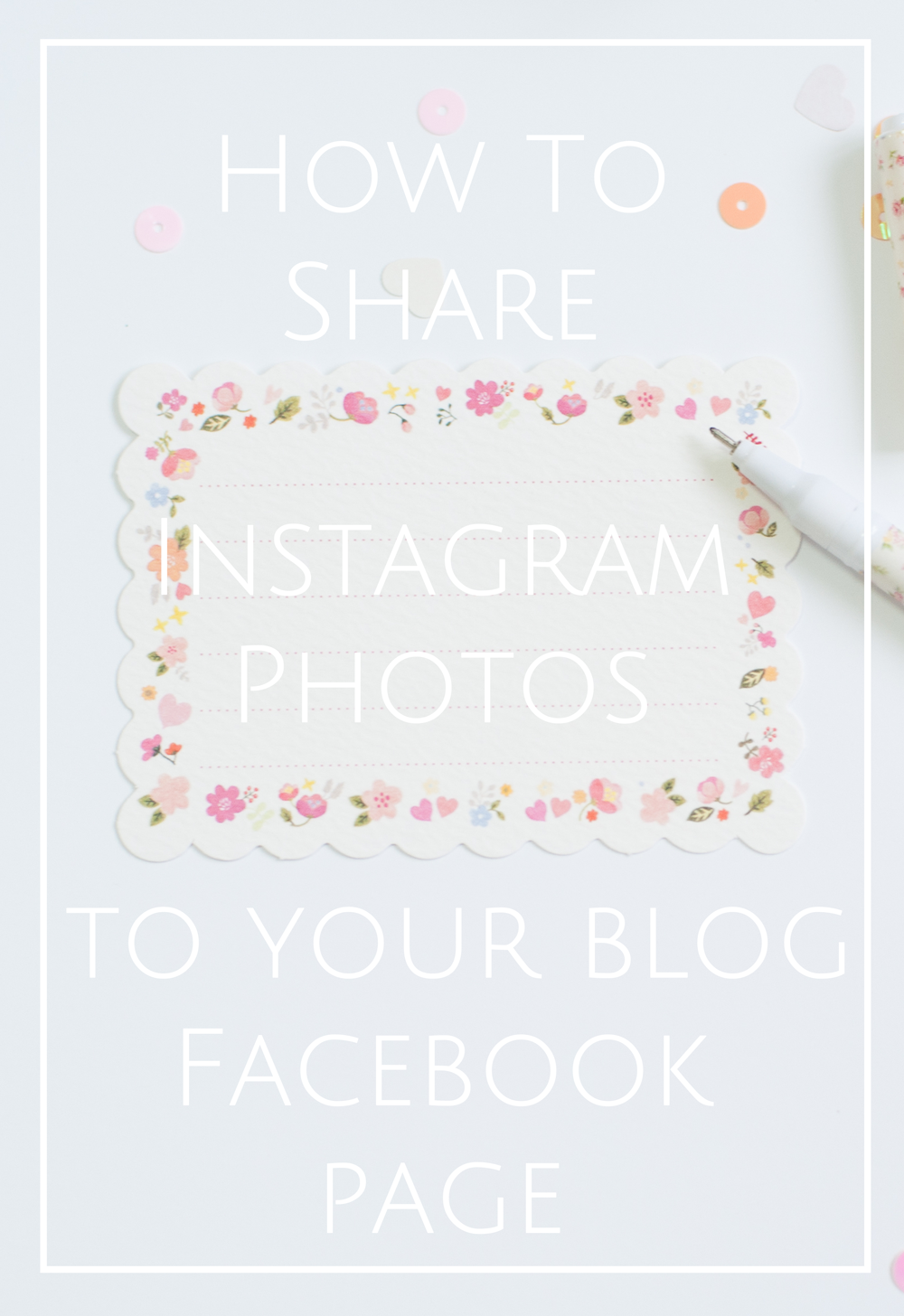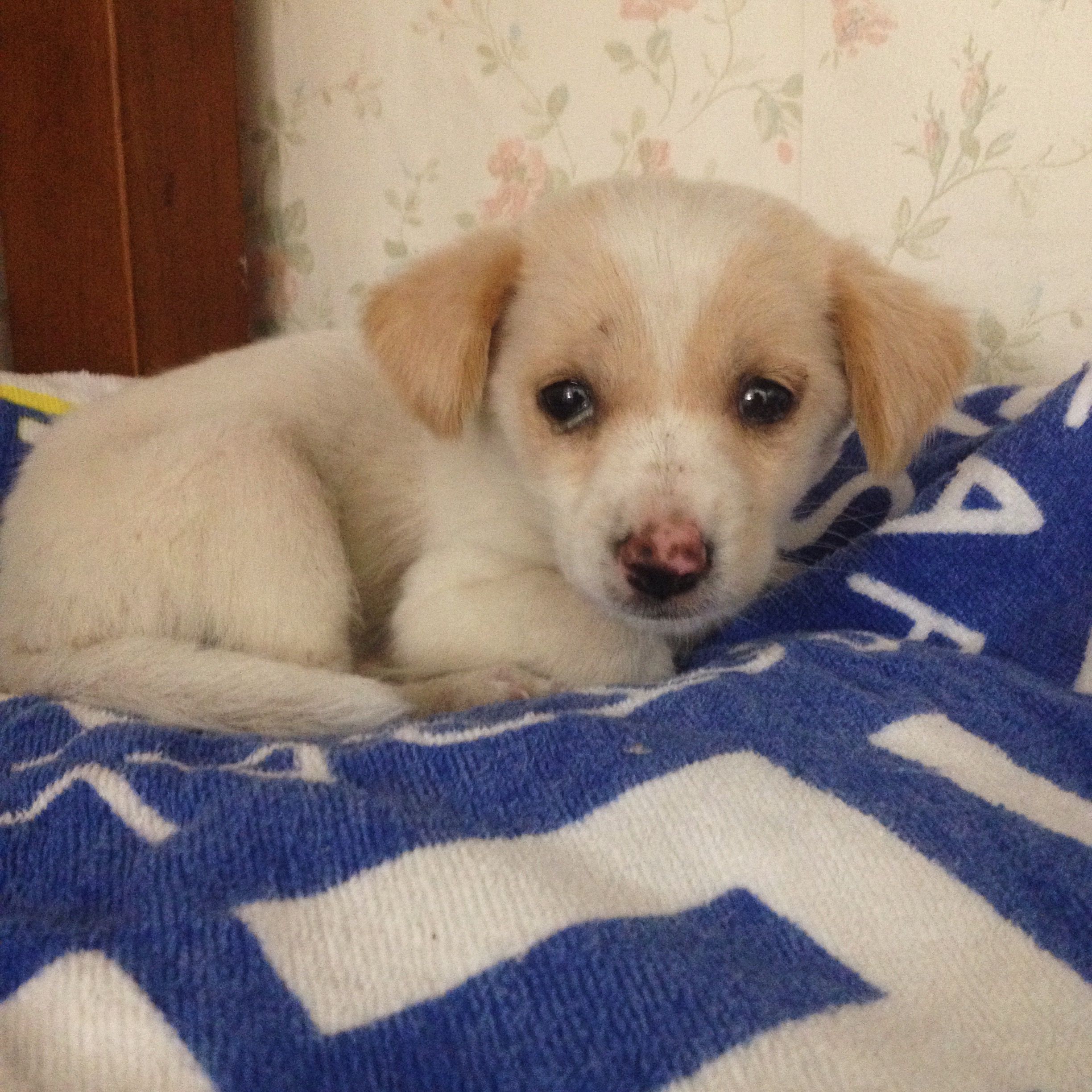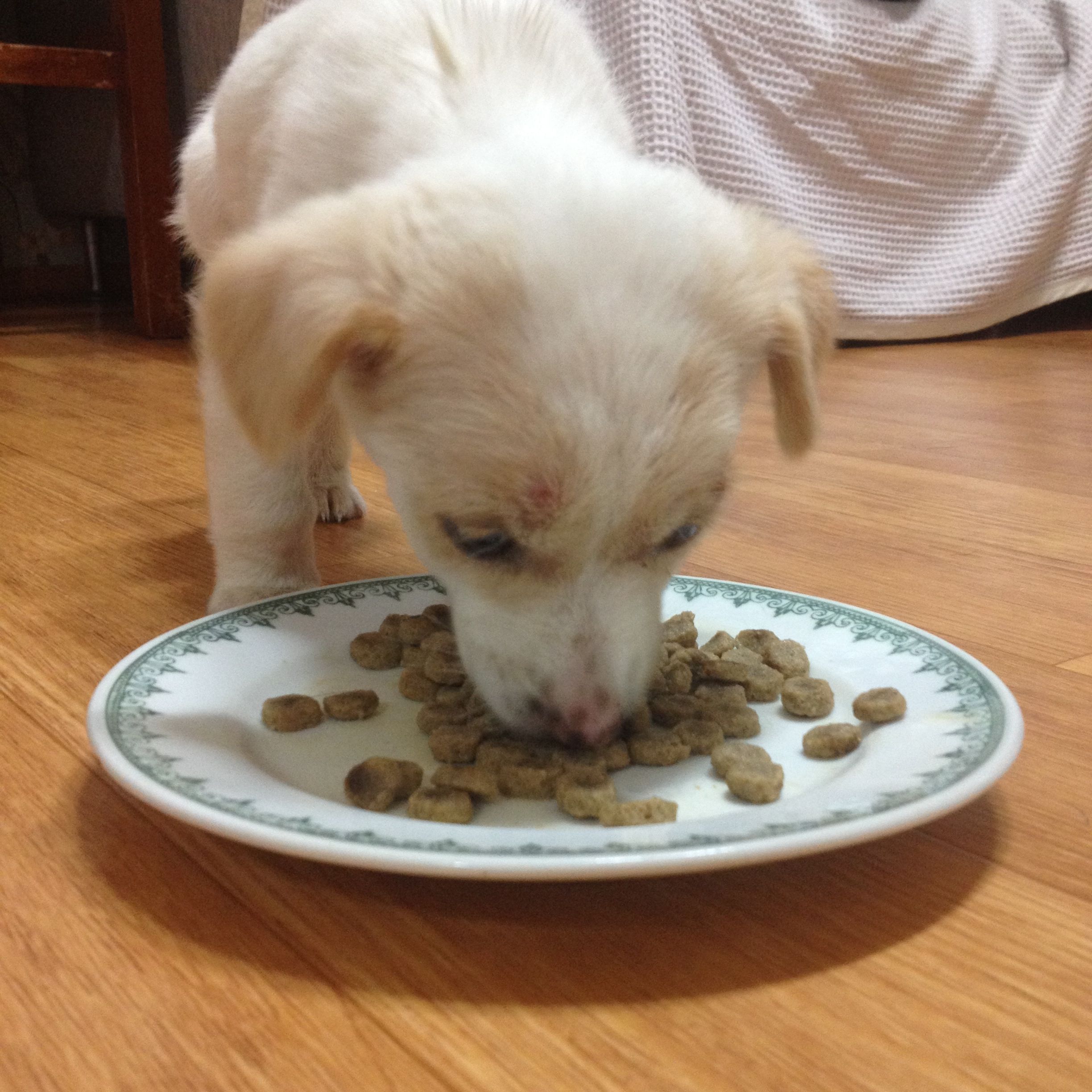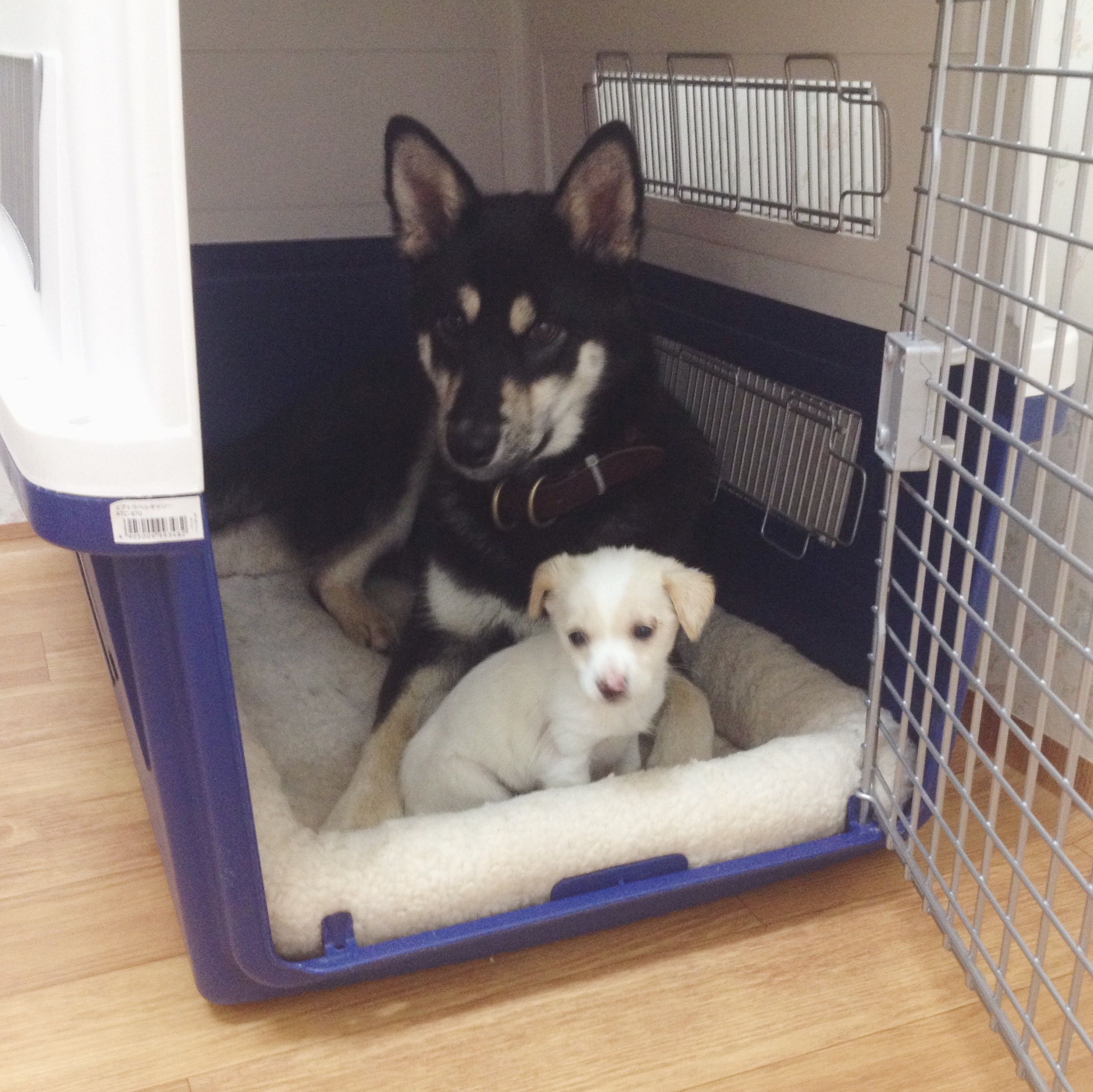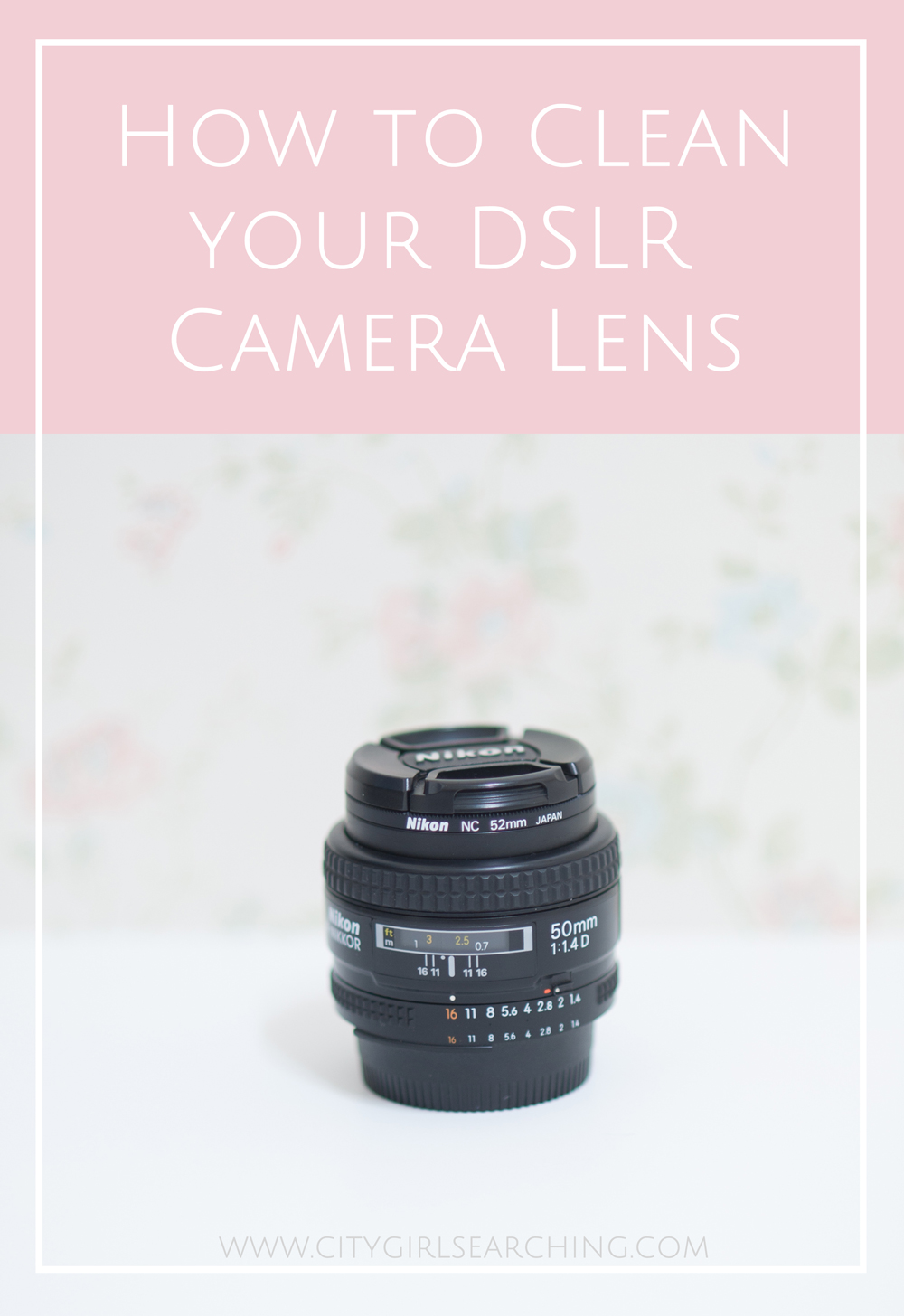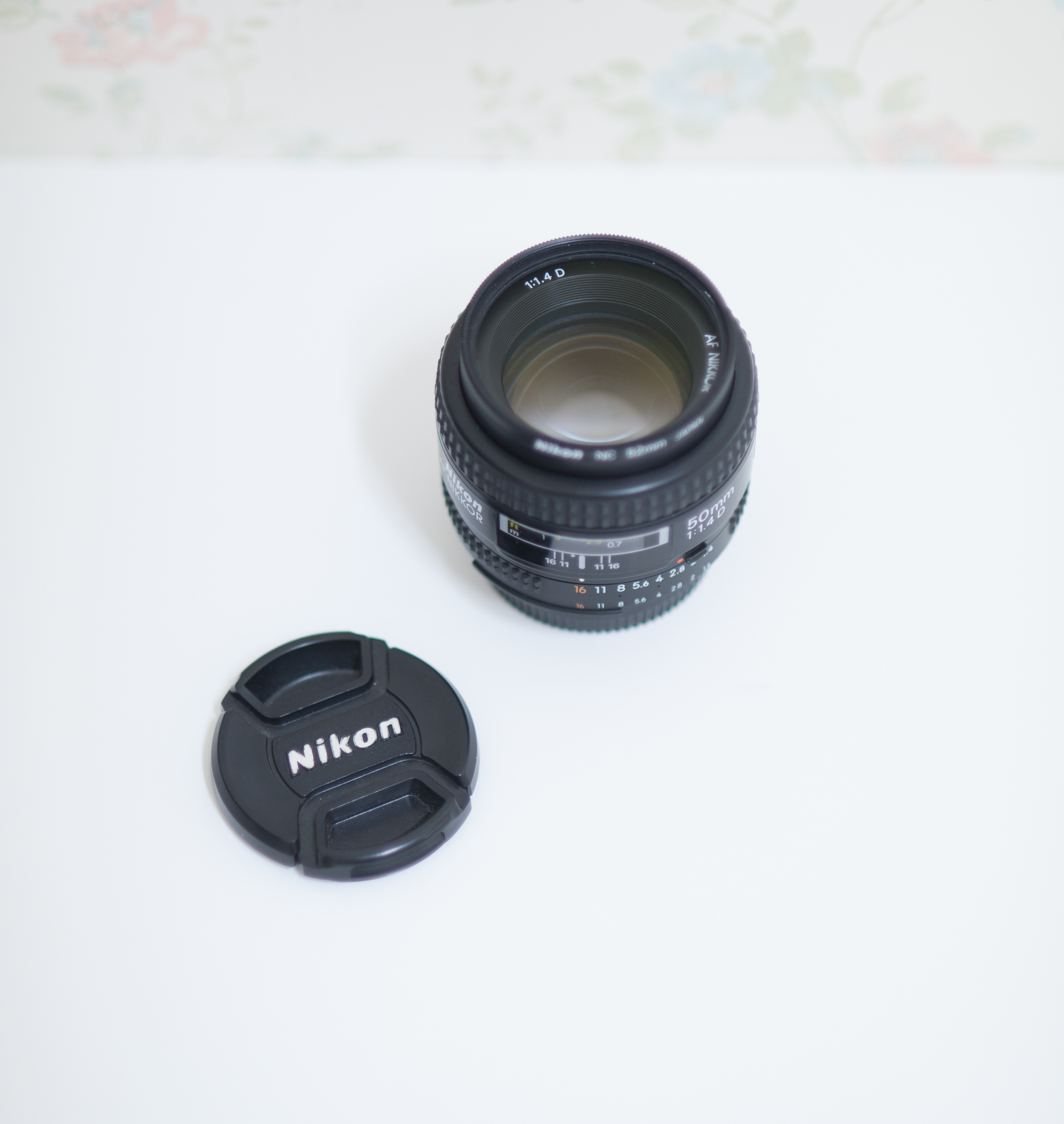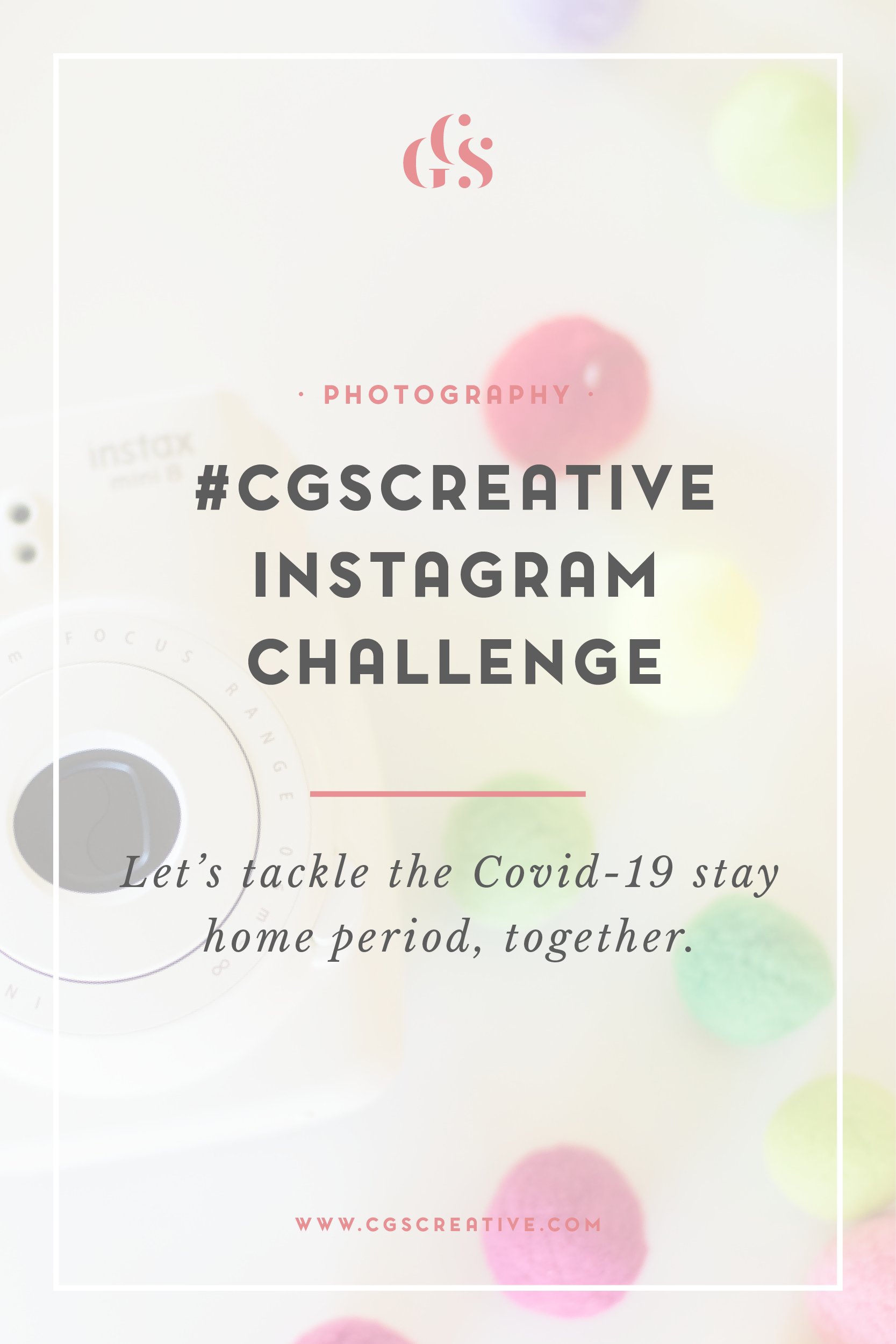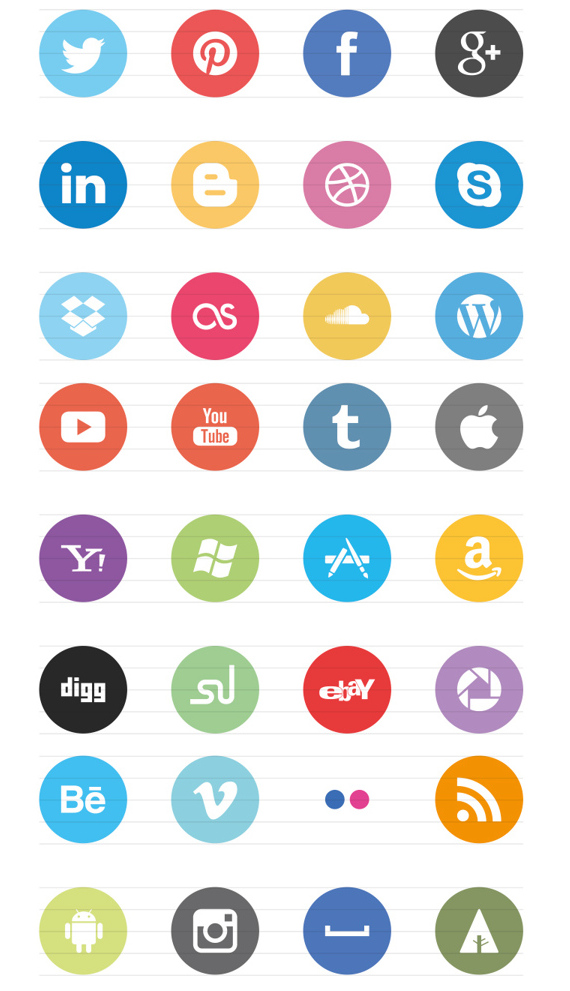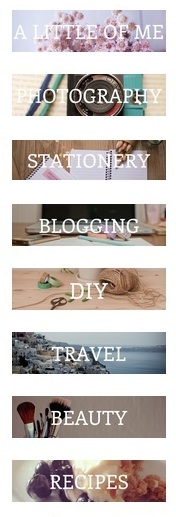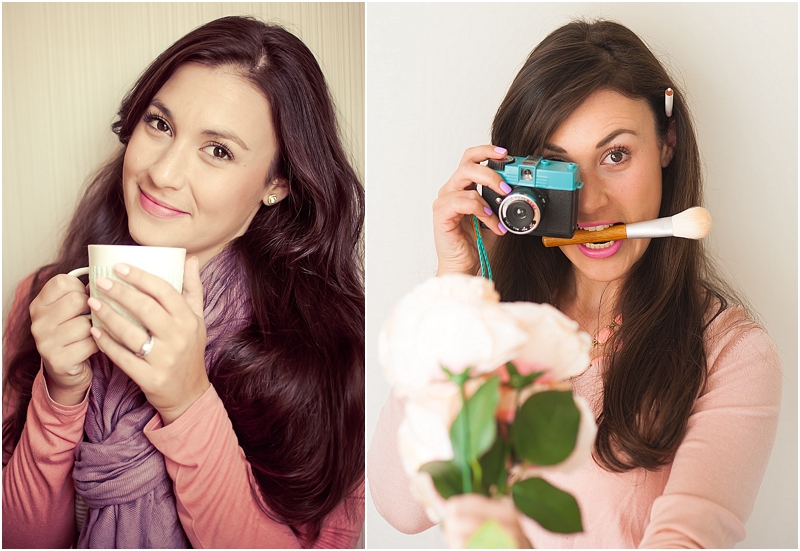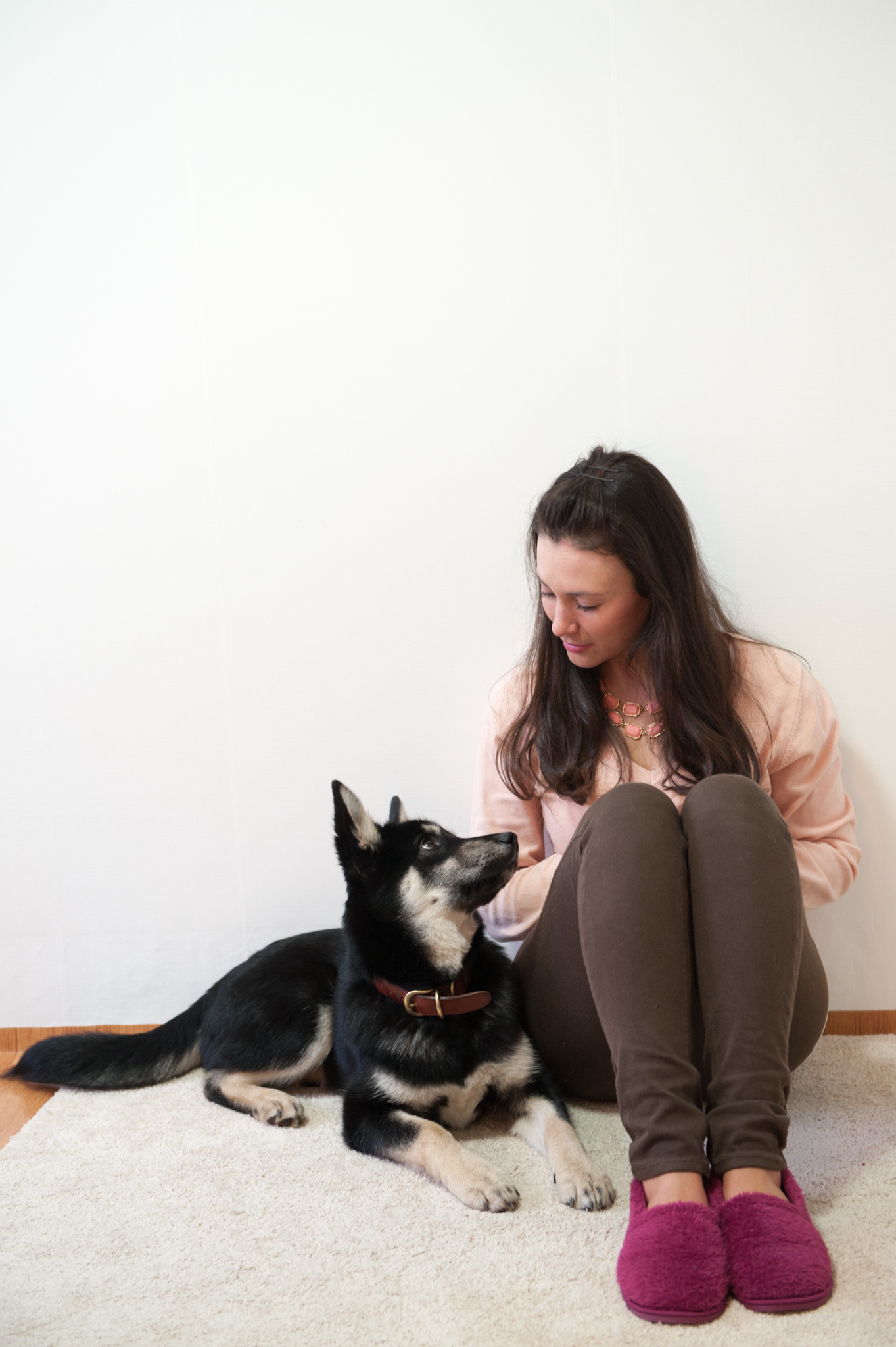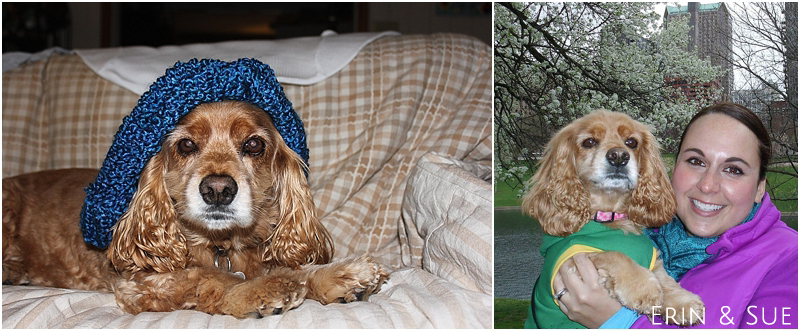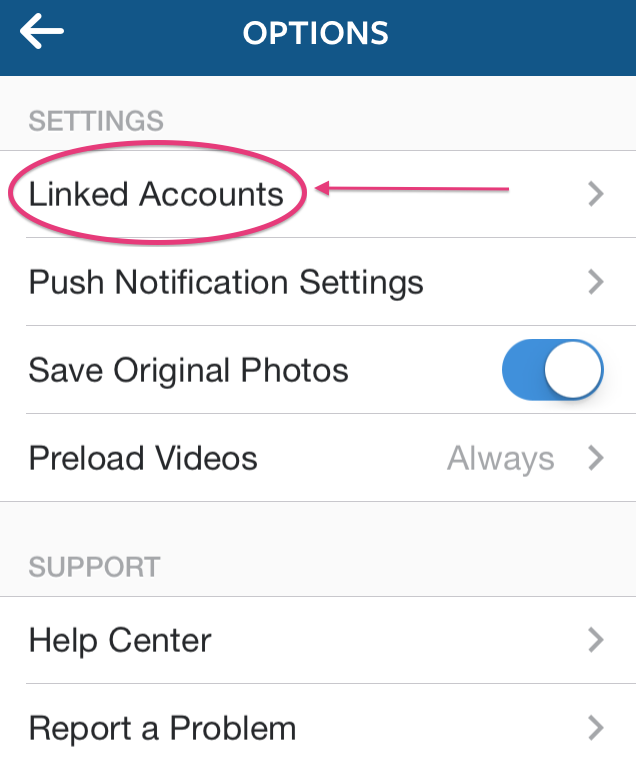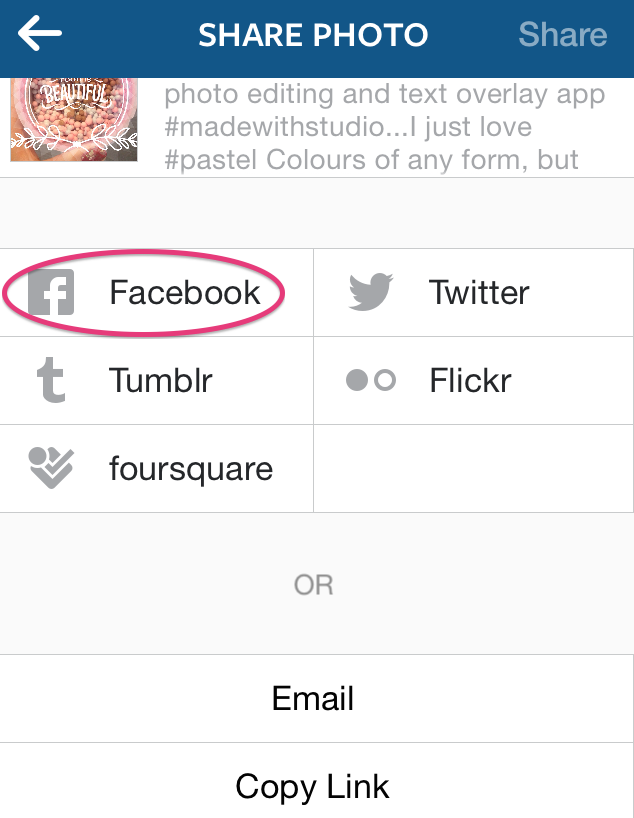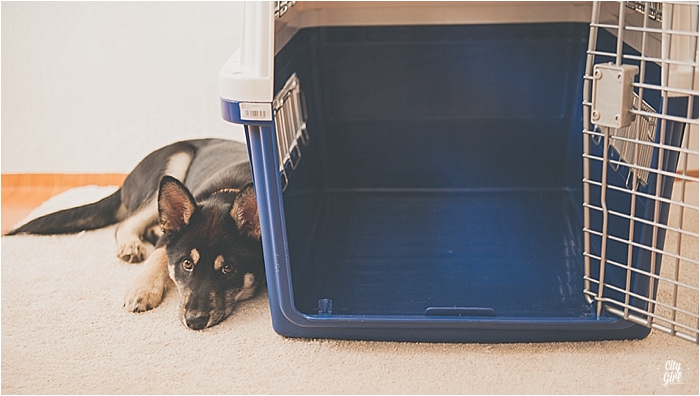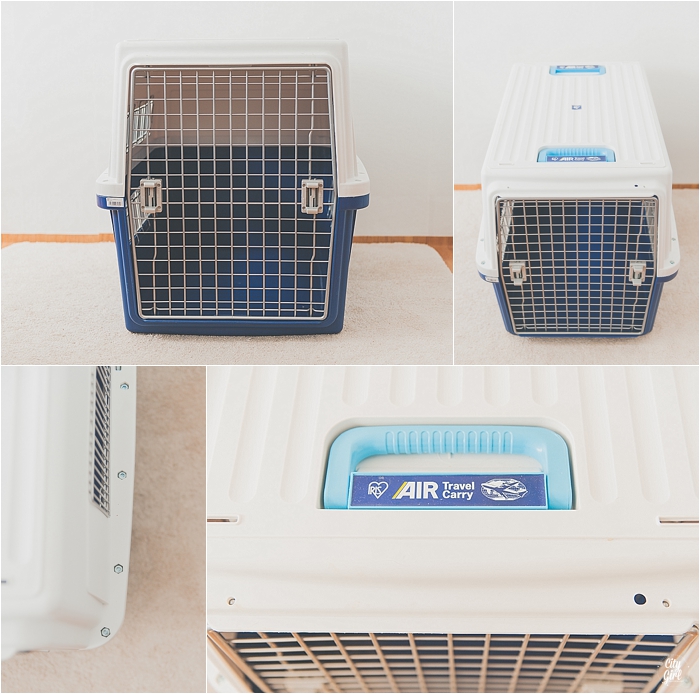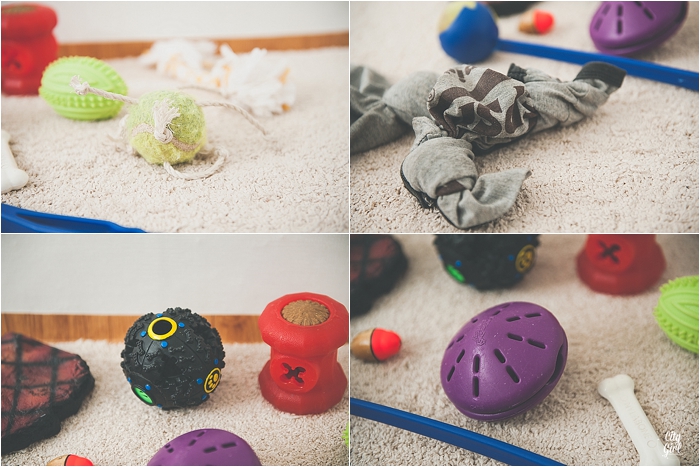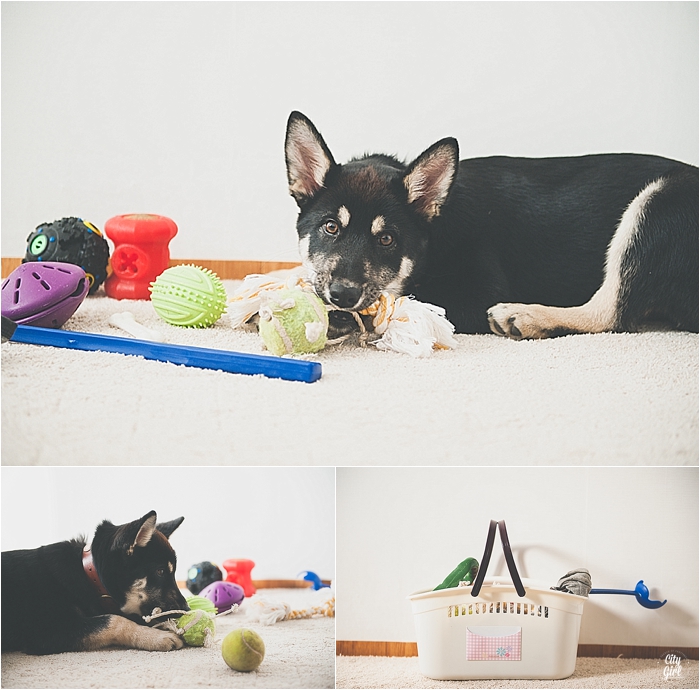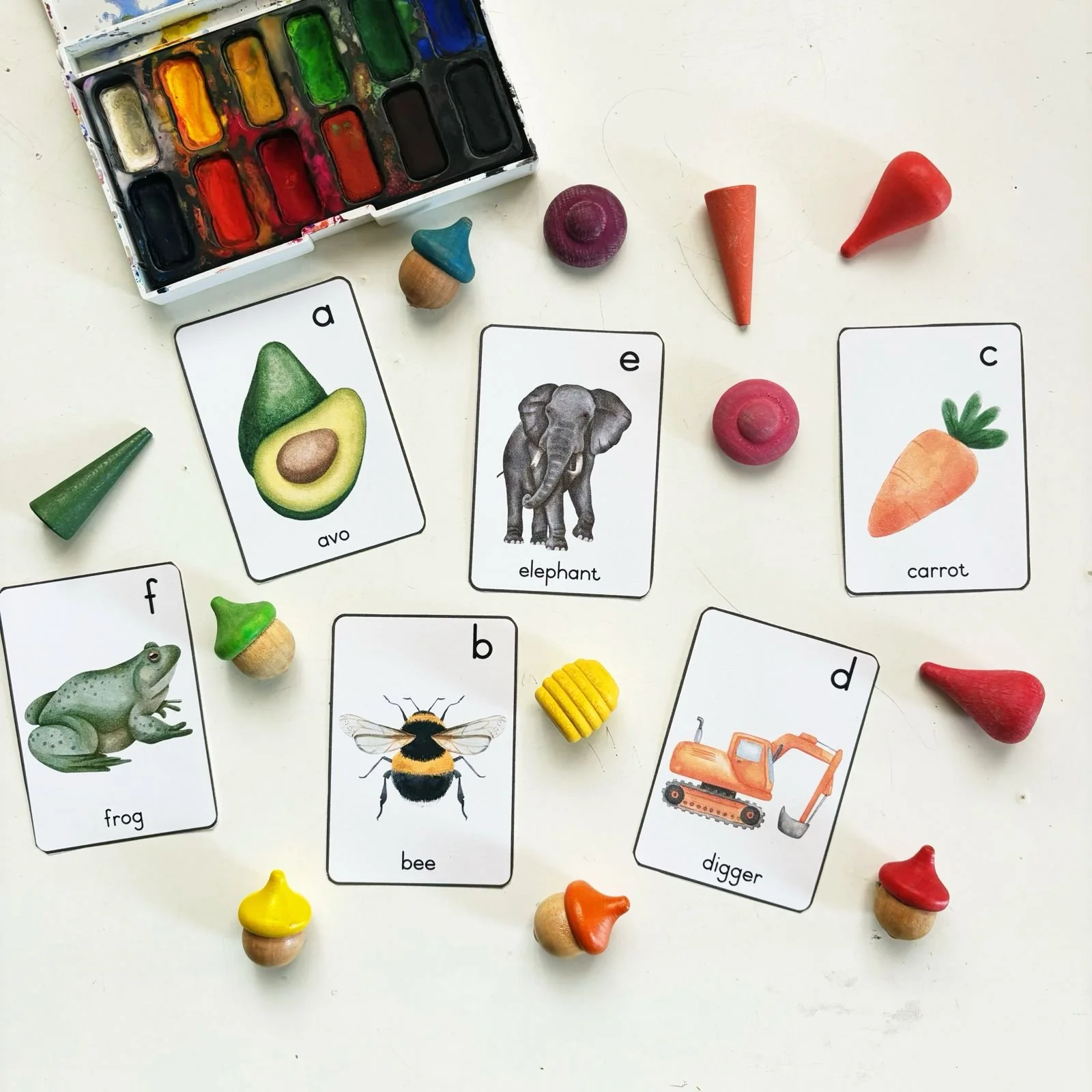How to Plan your own Murder Mystery Party
/I organised a Murder Mystery party for Farmboys birthday and it went so well that I thought I'd share some details on it in case you too want to host one. I hadn't been to a murder mystery party before, and so really had no idea where to even begin. I started off getting in touch with a girl here in Korea who holds an annual murder mystery event, and she was so incredibly kind. She gave me all the info I needed to get started, as well as as sample character bio's. Her event is the larger end of the scale, with up to 40 people attending. As I only had 22 guest, things were a little easier. You can buy complete party kits online, and there are loads and loads of free printable goodies on Pinterest, but to really save time I followed an awesome plan I found online, put together by Nick Breen (click here).
Nick lays out an entire scenario, characters, backstories & email templates so all the hard work is done. Then it's just up to you to send out characters to your guests and hope they all dress up! I would also suggest asking a friend to help you if you aren't the creative type. I had the help of a very talented friend, Kim, who helped me in creating more characters and their backstories. Thank you Kimmie! I couldn't have done it without you!
Thank you for all the help Kim! Photo taken by Ian Bethune
I used Facebook to create an event for the party, and from there was able to send out group messages (I'm sure theses were terribly annoying at times) but they helped to let guests know what was going on, as well as to send reminders for things like directions, starting times & pre-ordering food.
The hardest part of the entire planning process was making sure I didn't send the wrong character information to the wrong person! I sent out a message 3 weeks before with the basic details of the event (time, place & theme) using the following template adapted from Nick Breens site:
You are all guests at an upscale casino in Las Vegas. You have very rare tickets to the best night of excitement on the strip; the famous Elvis Impersonator. It's 8 o'clock and everyone has gathered into the swanky casino bar for the star performer, the best Elvis Impersonator of all time.
As the show starts, a gunshot echoes throughout the bar. The curtain comes up, and Elvis goes down. The casino's bar doors slam shut and everyone in the bar is now a suspect.
You are requested at the party to determine which of our friends is the murderer. Throughout the night you can talk to any of the suspects to see who they are and to determine if they are the murderer. One person will be the murderer, if you are not the murderer, you can try and trick everyone into believing you are, or you can simply hunt for the murderer.
I will be giving everyone attending a short character backstory. I encourage you to develop your character as much as you want. I have given you a lot of room to be creative with your character. The more you shape your characters backstory, the more believable it will be. Some of the character backstories that I will provide you with will contain clues which you must tell everyone else at the party. Piece together enough clues and you may find the murderer.
In order to guess who the murderer is, you must answer the following three questions;
1. Who Murdered Elvis
2. How did they murder Elvis
3. Why did they murder Elvis.
Each person will be allowed two guesses throughout the evening. All guesses will be made publicly. The first person to correctly guess these three questions will get a prize. I will be sending out your character information next week so you can prepare a costume etc. It should be a lot of fun!
I had 22 guests and so had to create a few more characters than those suggested by Nick Breen on his blog. If you do this, you need to make sure the new character stores tie in with the existing ones. I also suggest creating one or two extra characters in case you have a few unexpected guests. You can make these character roles minor, so that if they aren't in the plot the story still makes sense.
Then I sent out the characters 2 weeks before the event, and a few final reminders in the last week.
I asked Dave (the owner of the Jeonju Diner in Jeonju) if we could host the event at his restaurant. I also asked very nicely if he would be our Elvis too. He was very gracious and went all out in preparation for his role as the murdered showman. It was fantastic.



I was thrilled to see that most people really got into character, and their costumes were great. I had asked guests to start arriving at from 7pm with the aim of the game starting at 8. I did this to make sure that everyone had arrived by the start of the event. If you do this, make sure to let people know they should not be in character until the game starts otherwise you will have people guessing and chatting about their characters, and possibly even solving the mystery before all your guests even arrive! On that note, to keep a real air of mystery, remind your guests to keep their characters secret until the actual party.
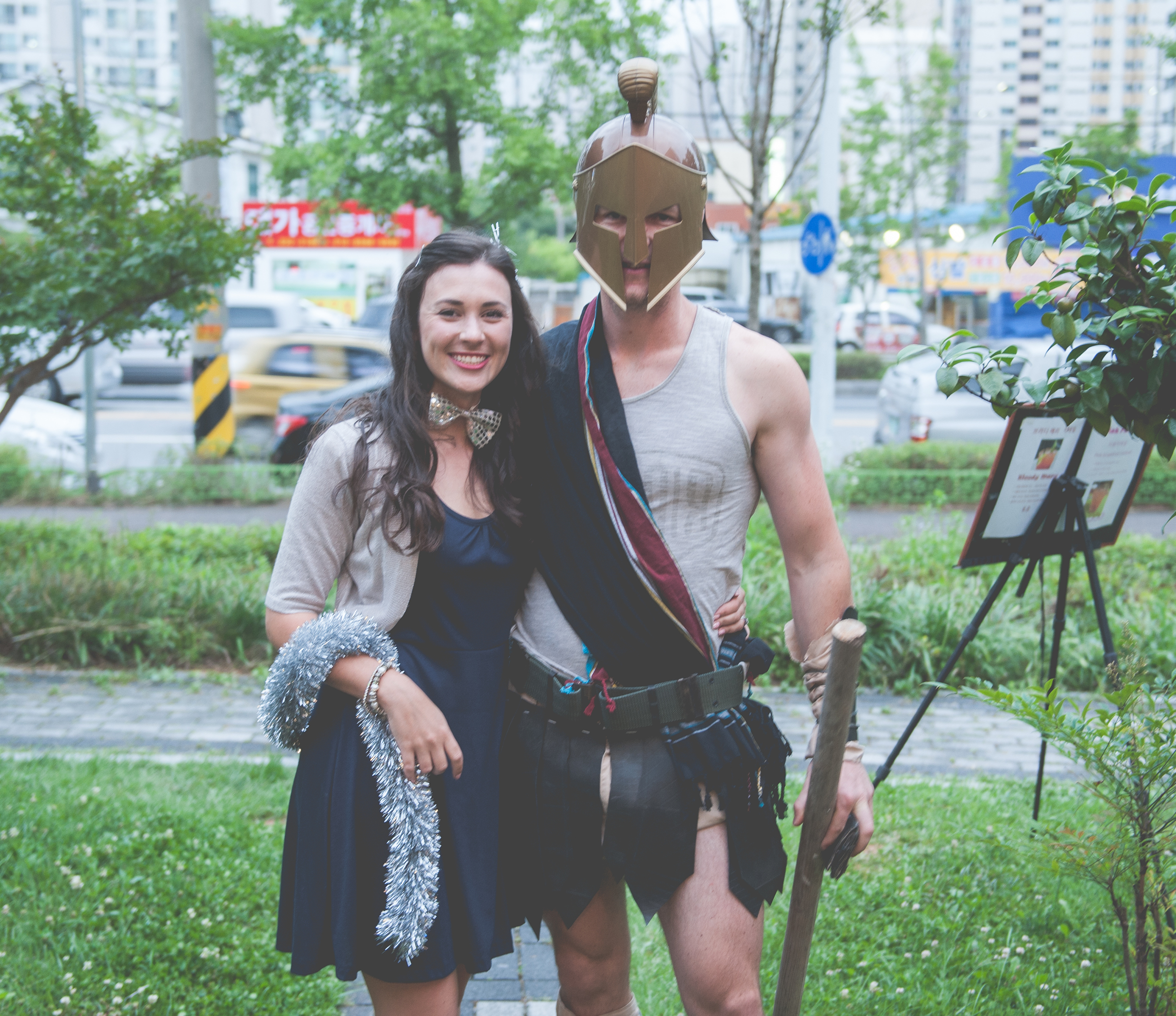
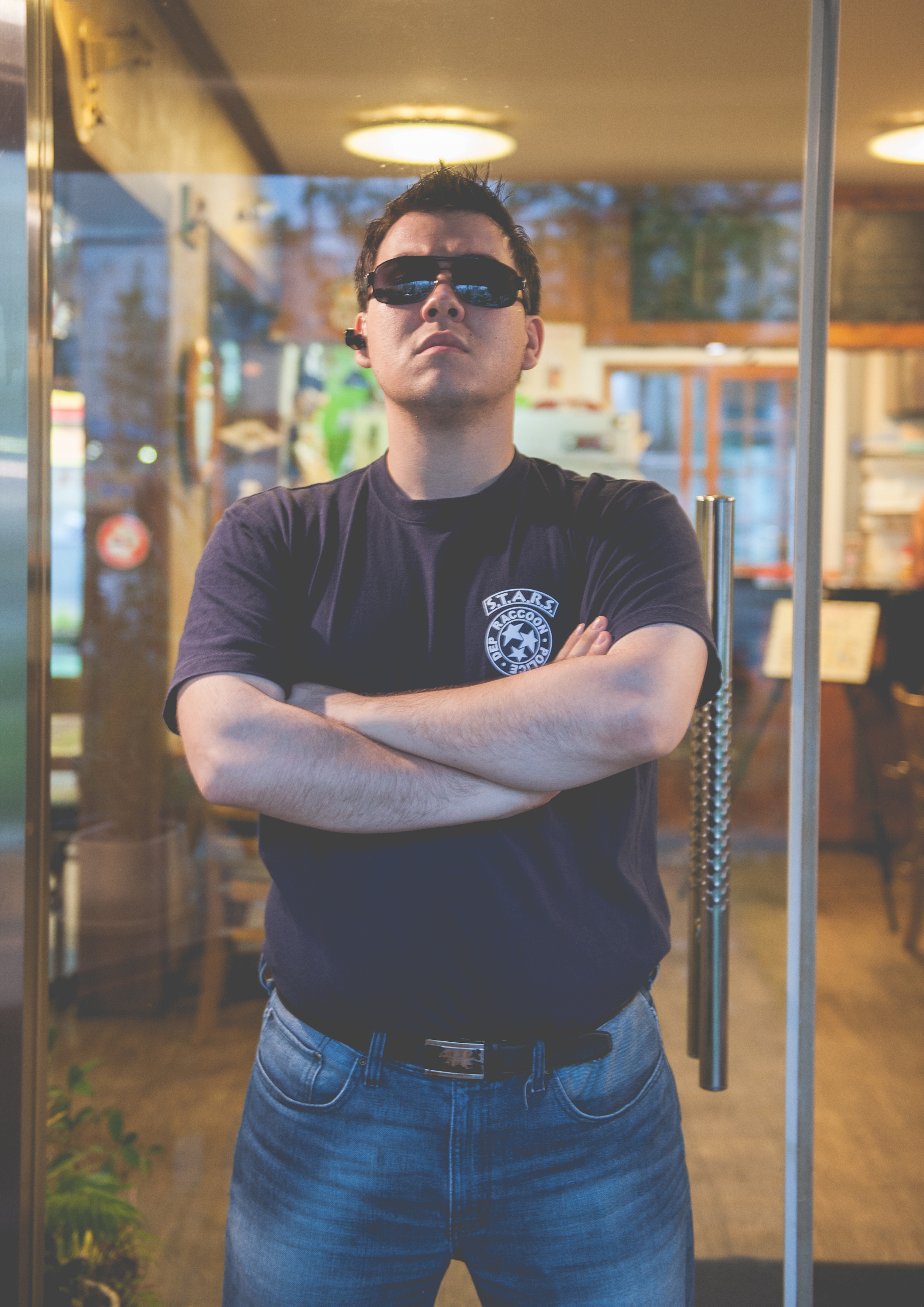
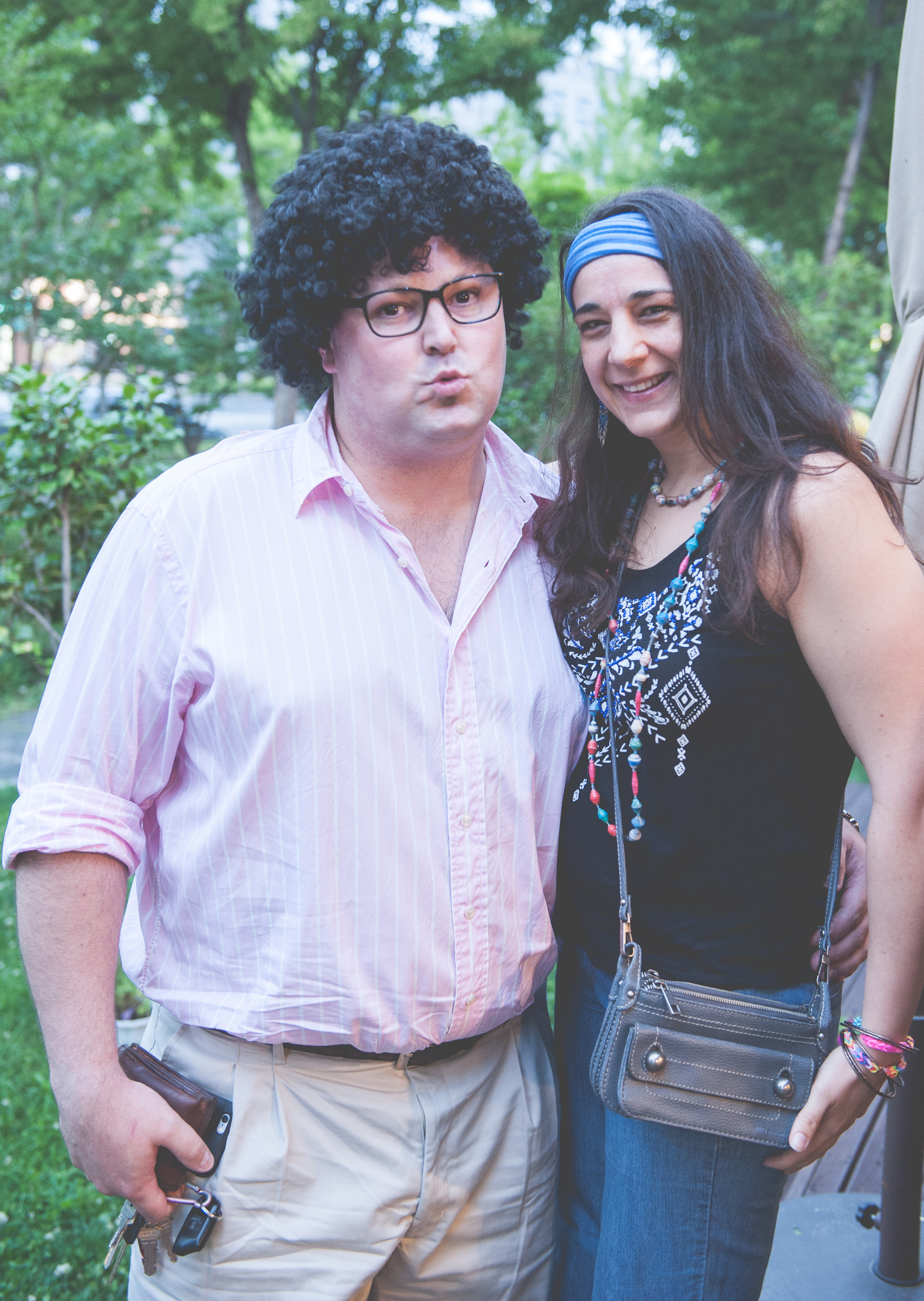

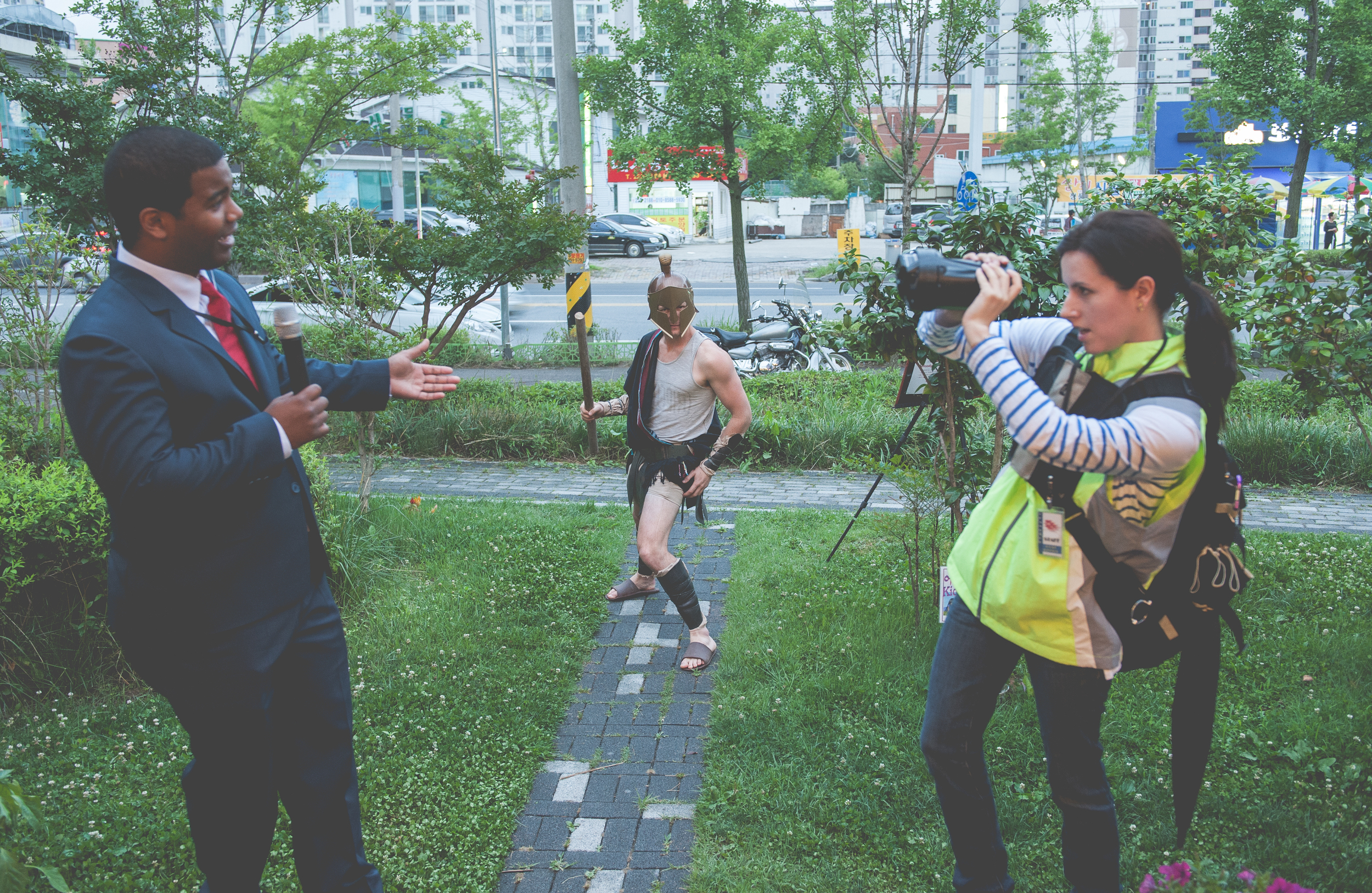
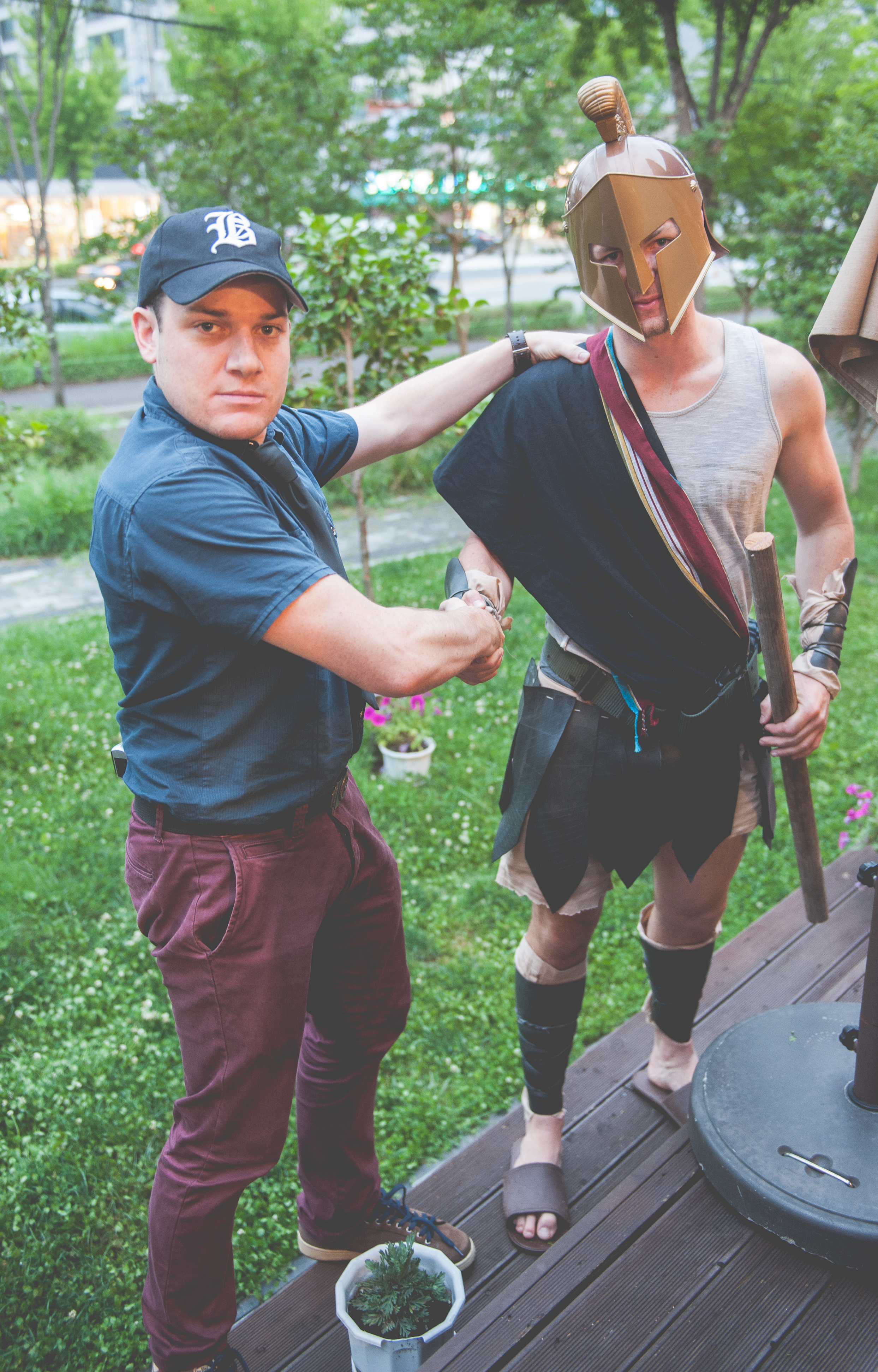


I really had a great time, and I think so did everyone else. It was a wonderful change from the usual dinner and drinks shenanigans, and it was great fun hunting for clues and sending people off onto the wrong trail in their hunt for the murderer.
Let me know if you host your own Murder Mystery party. I'd love to hear how it goes as well as if you have any tips or advice for making things even better.

















